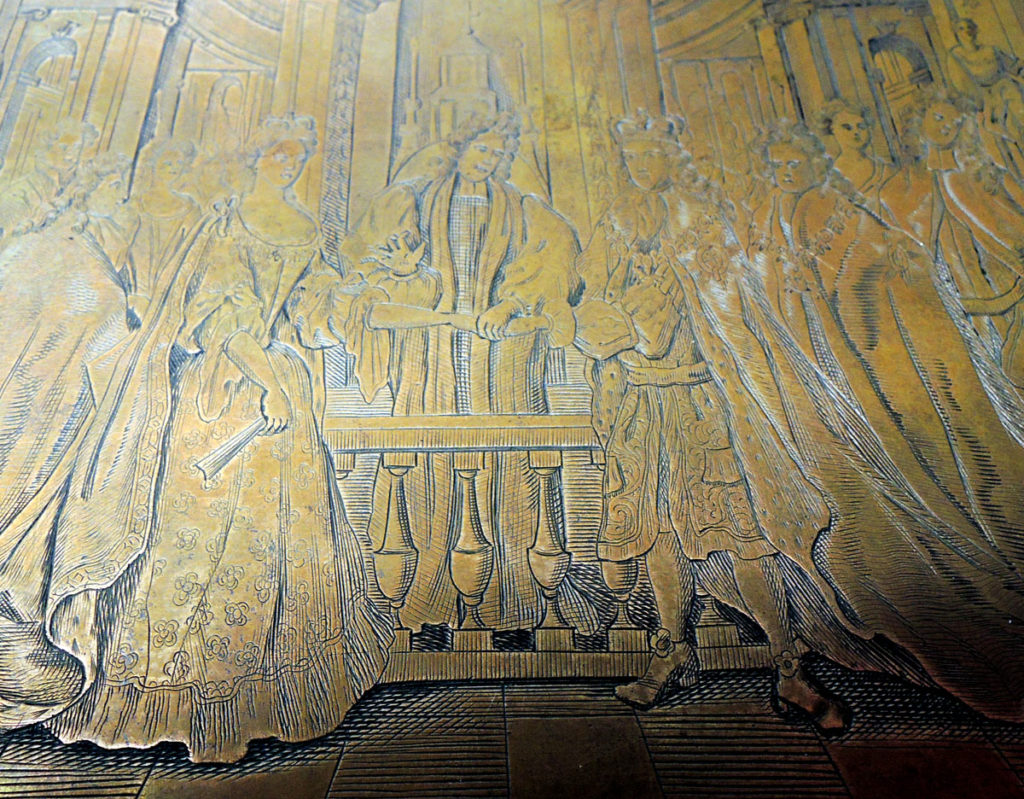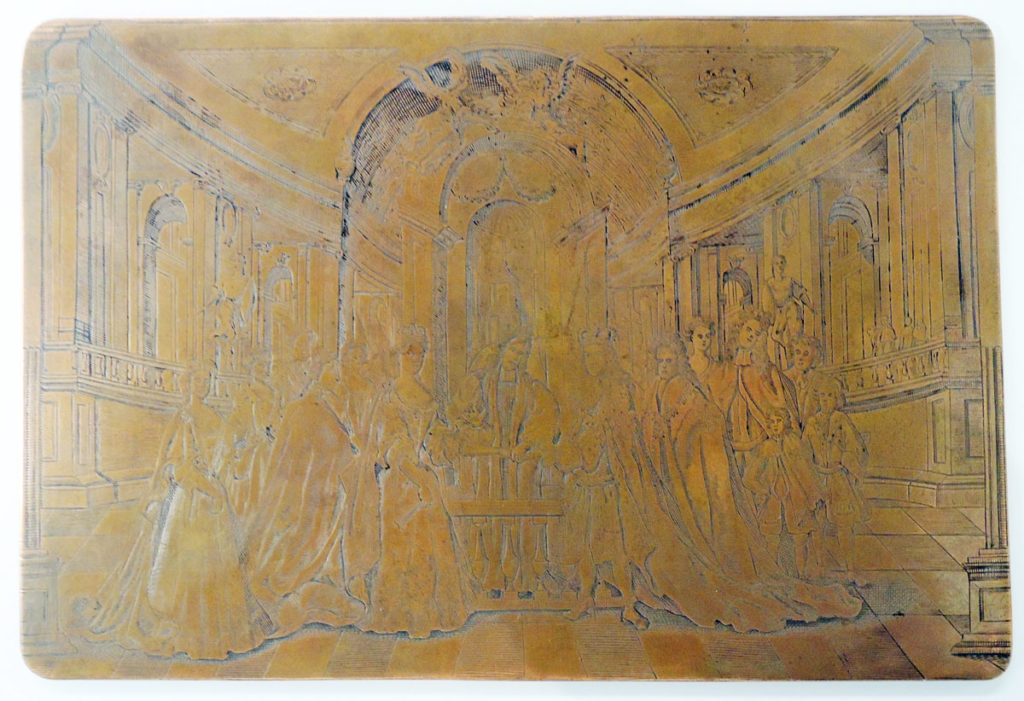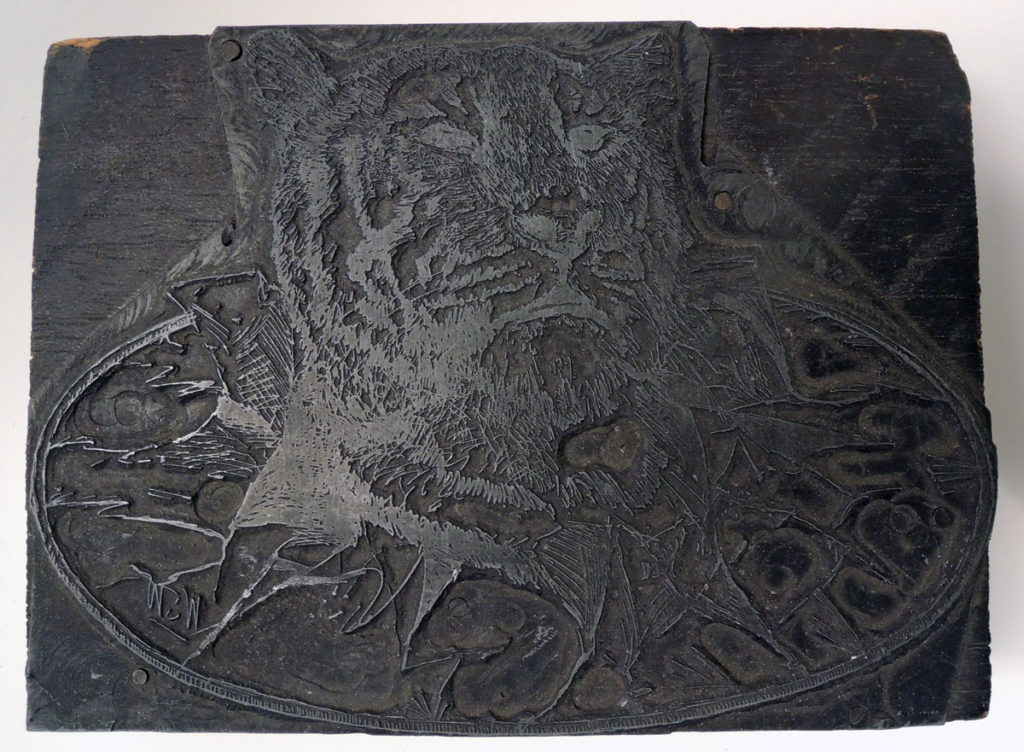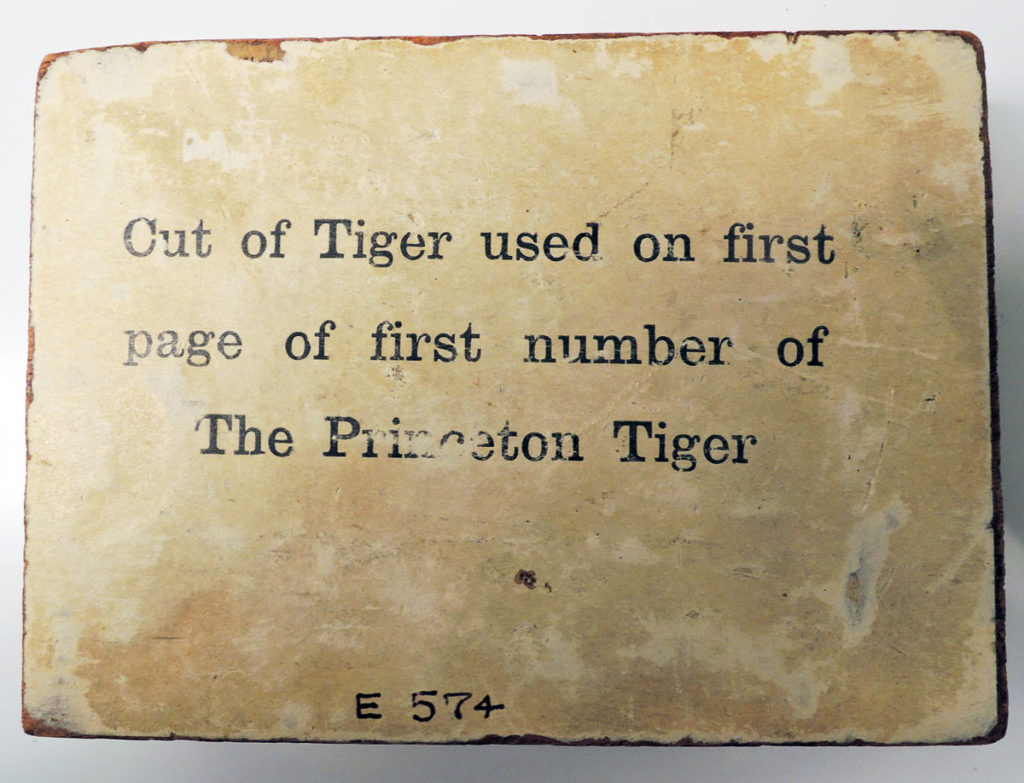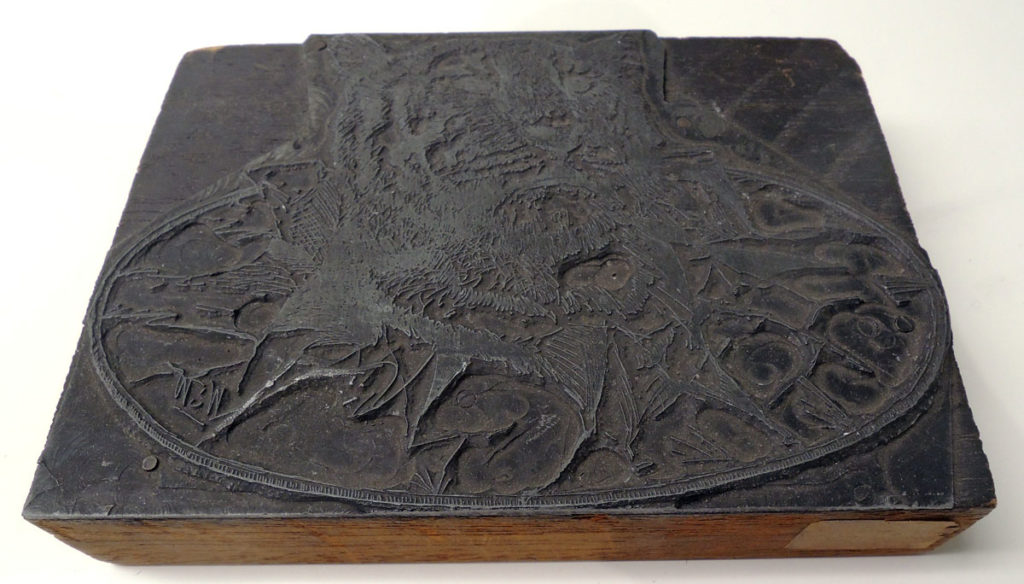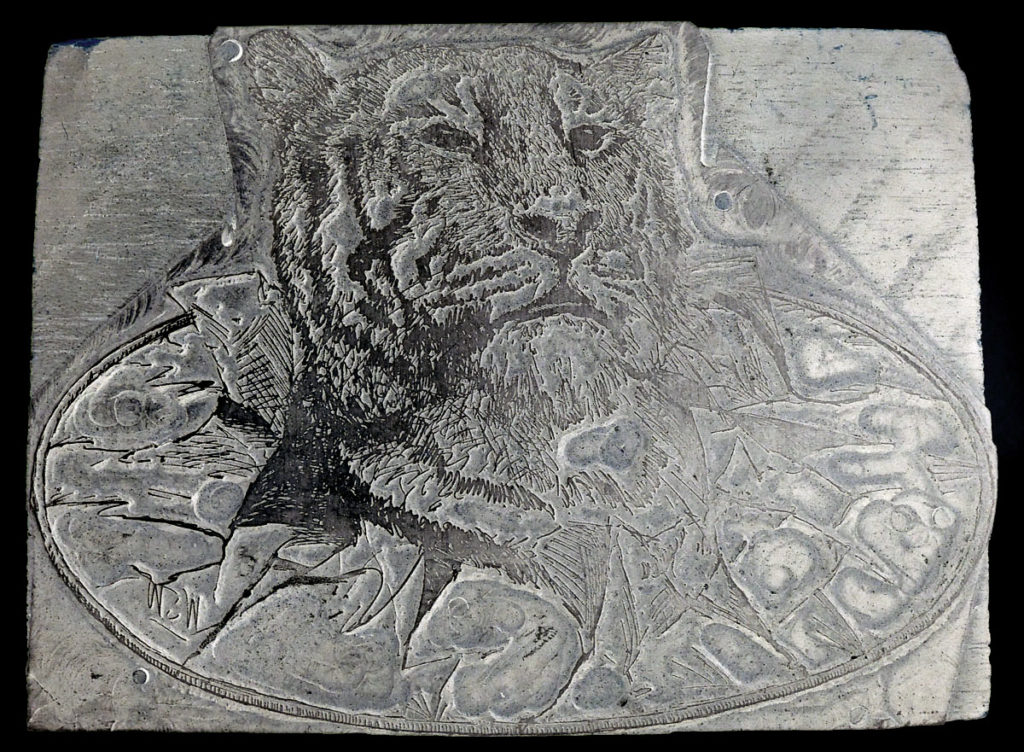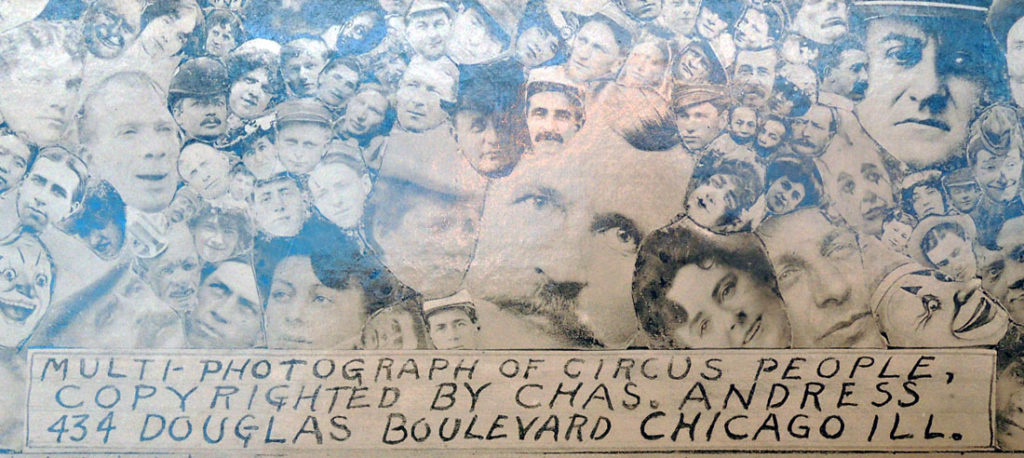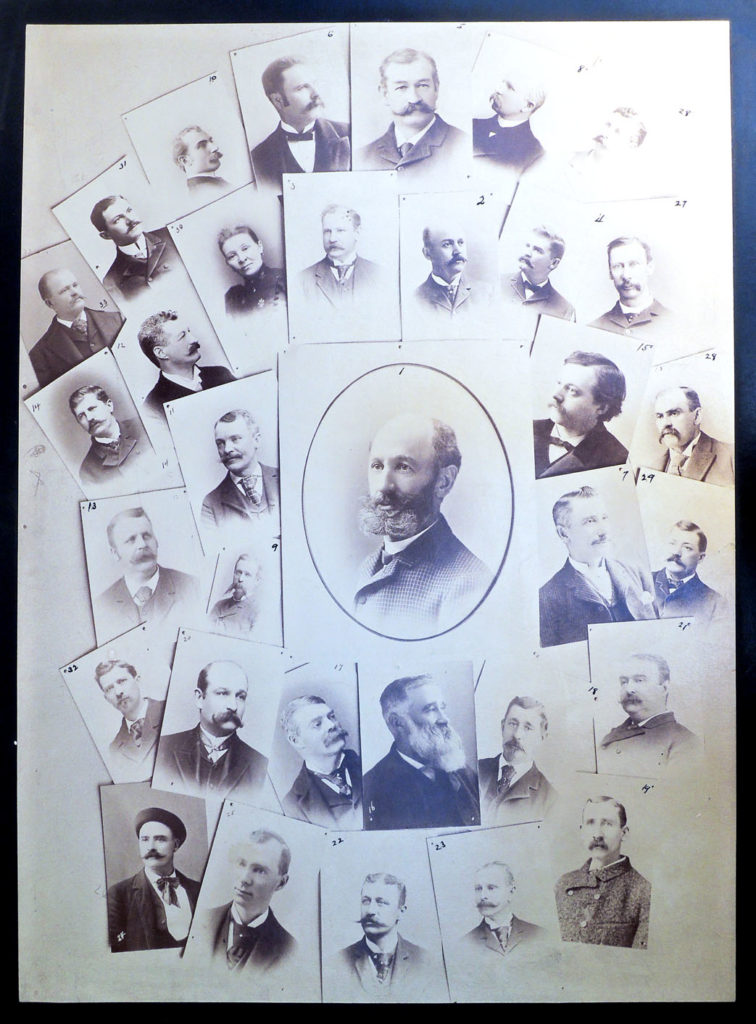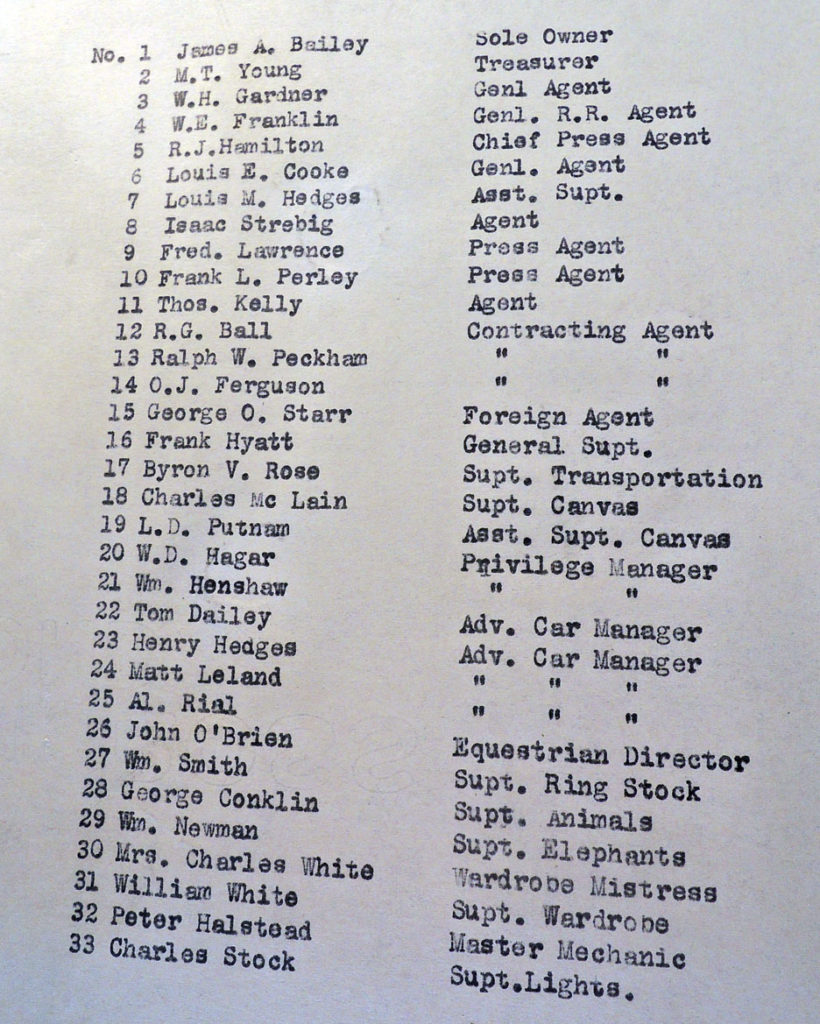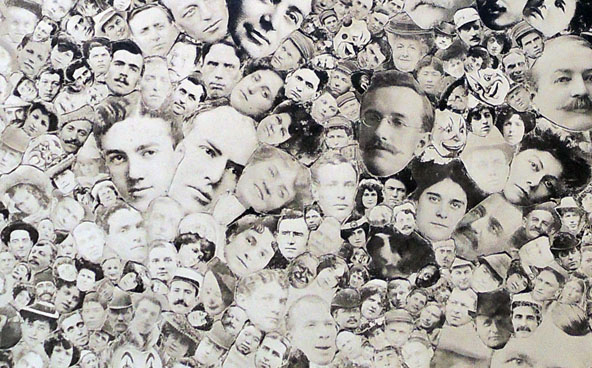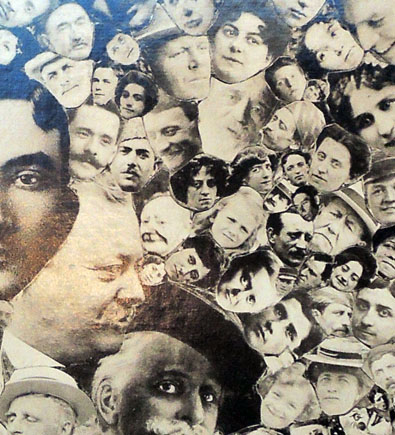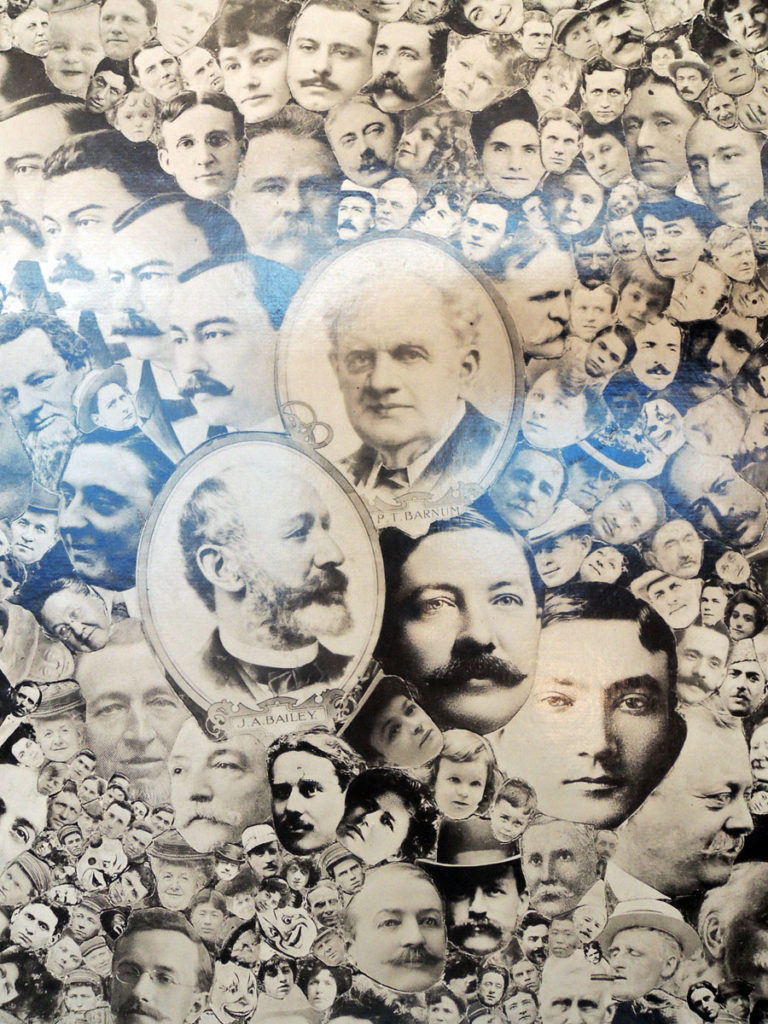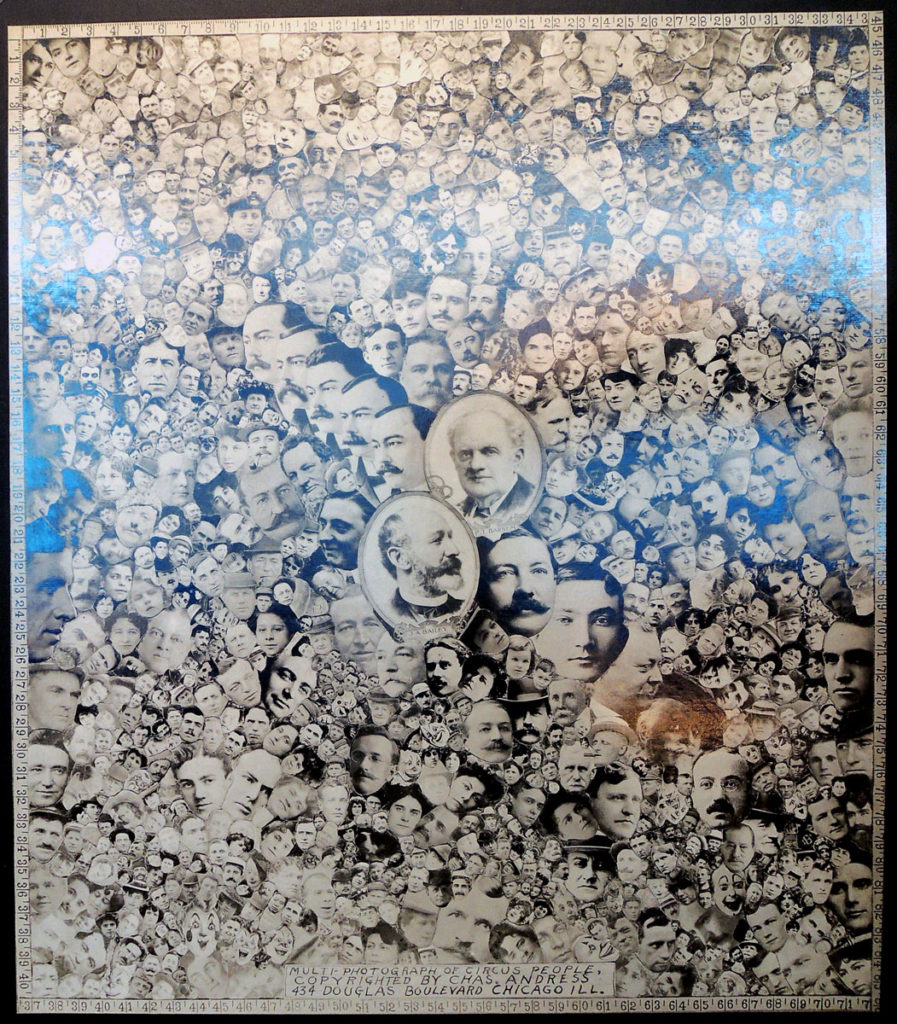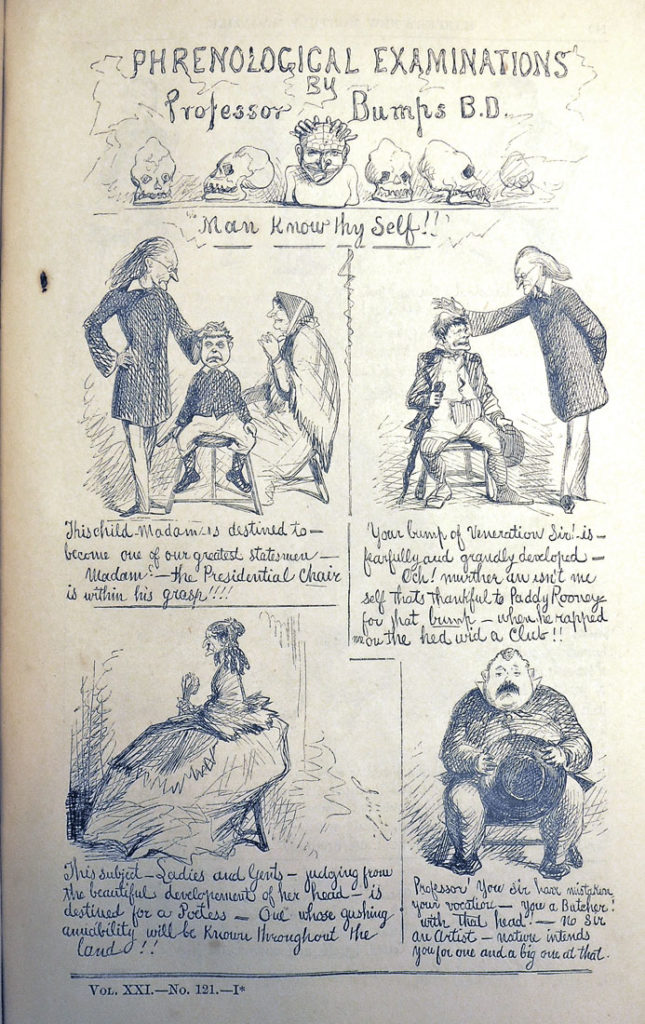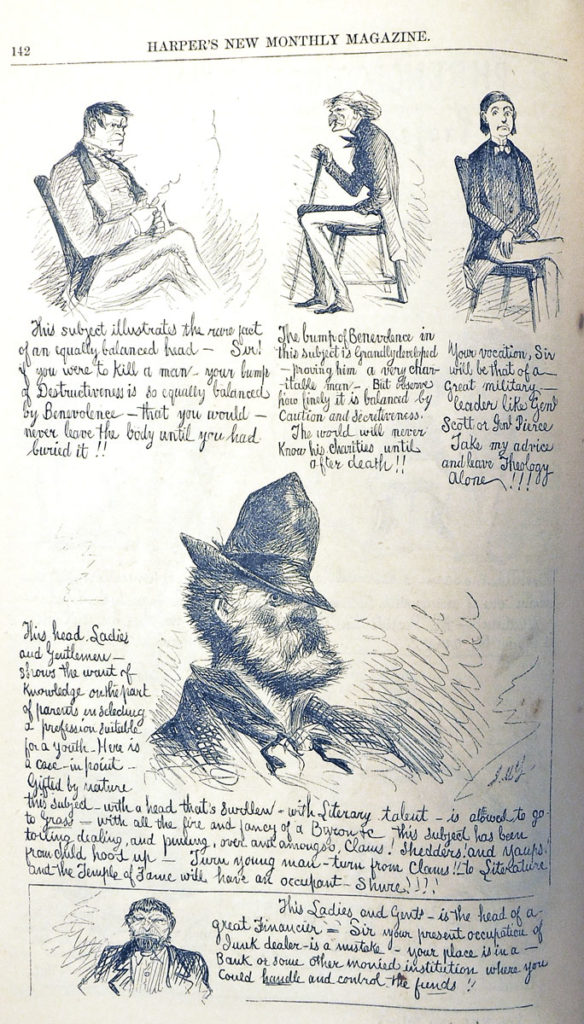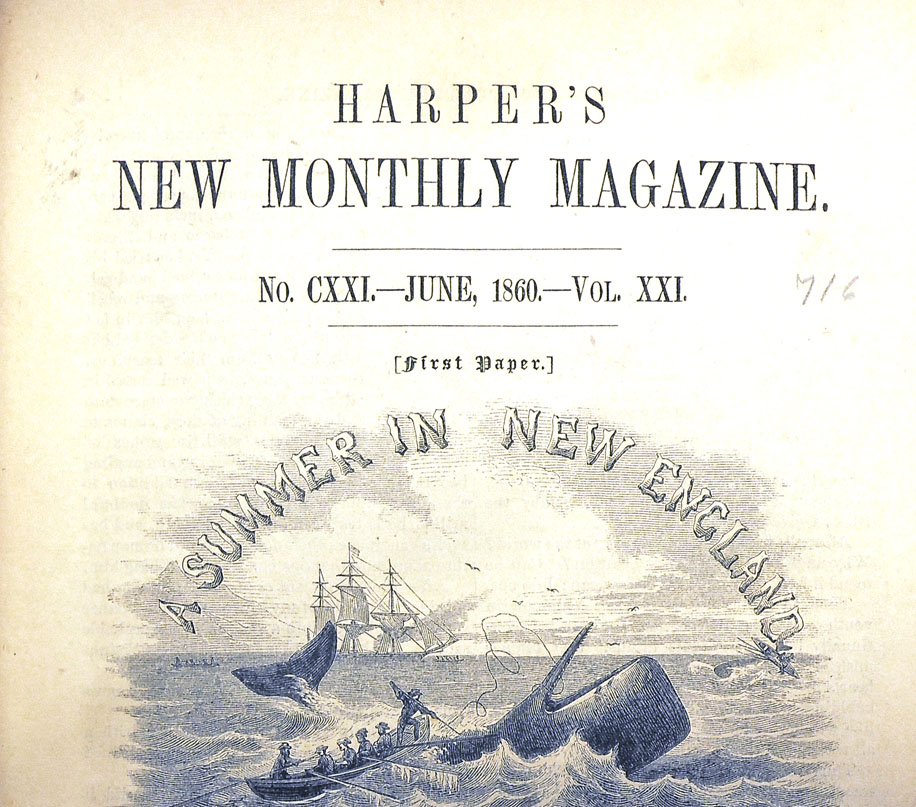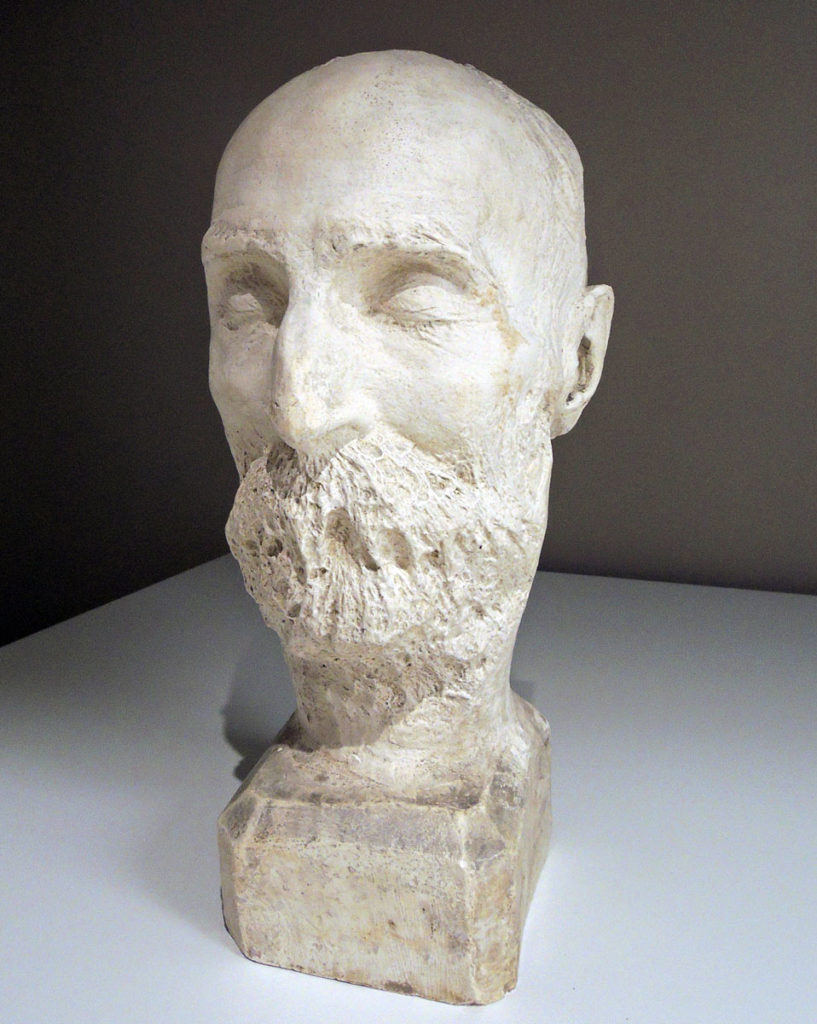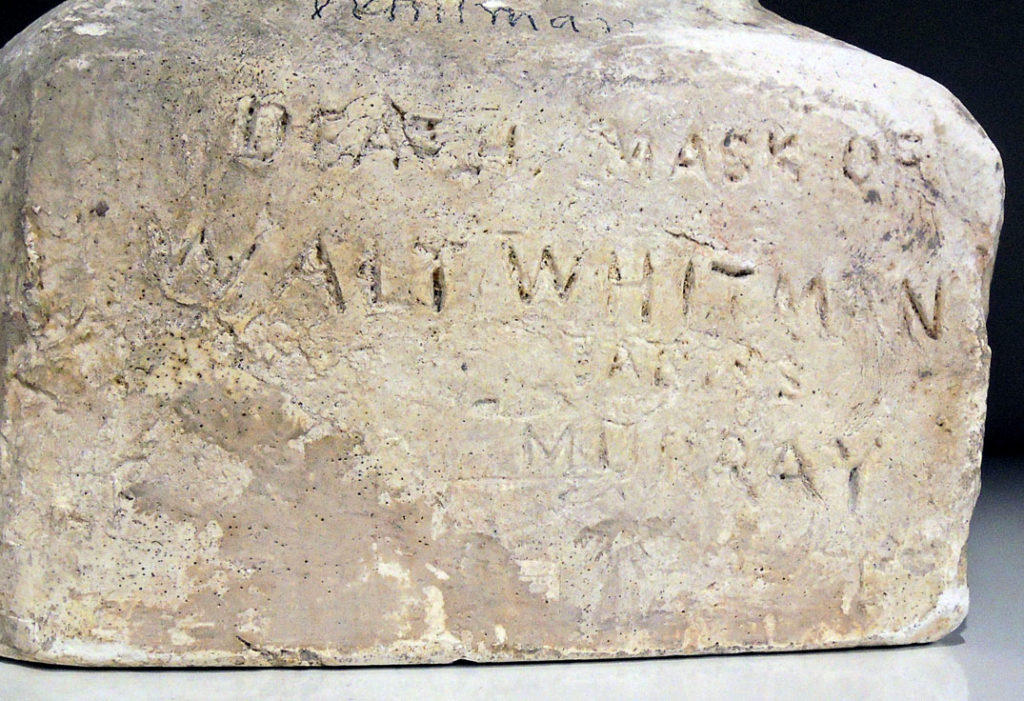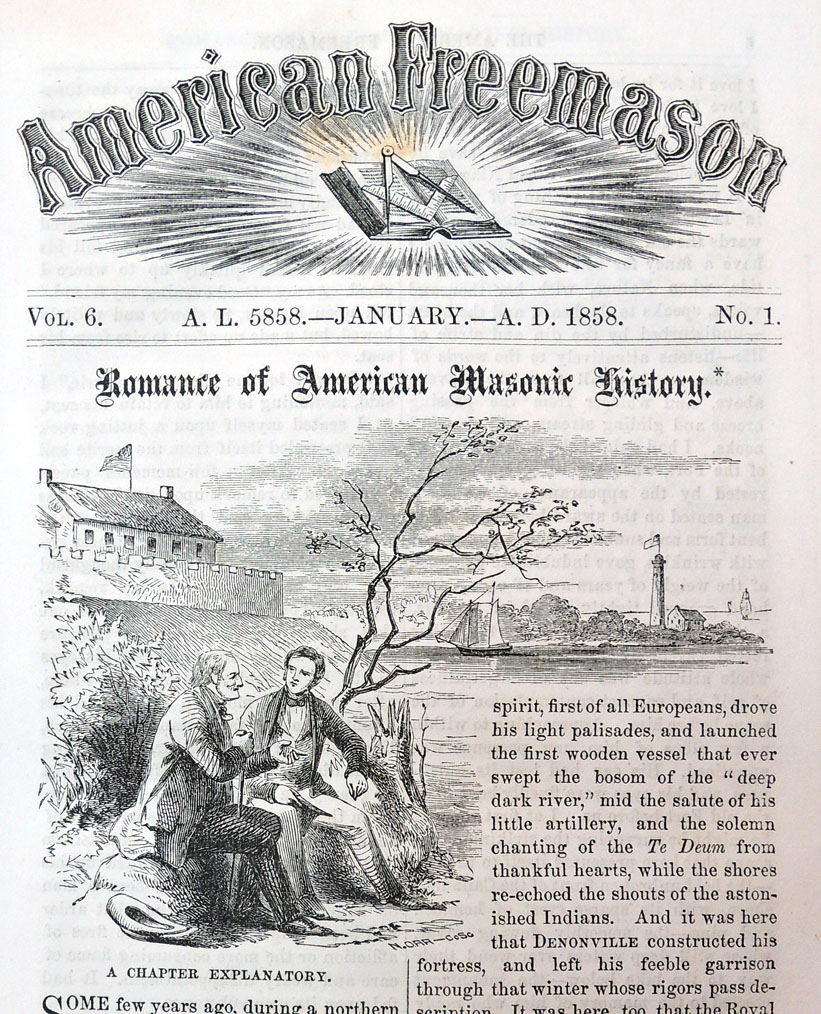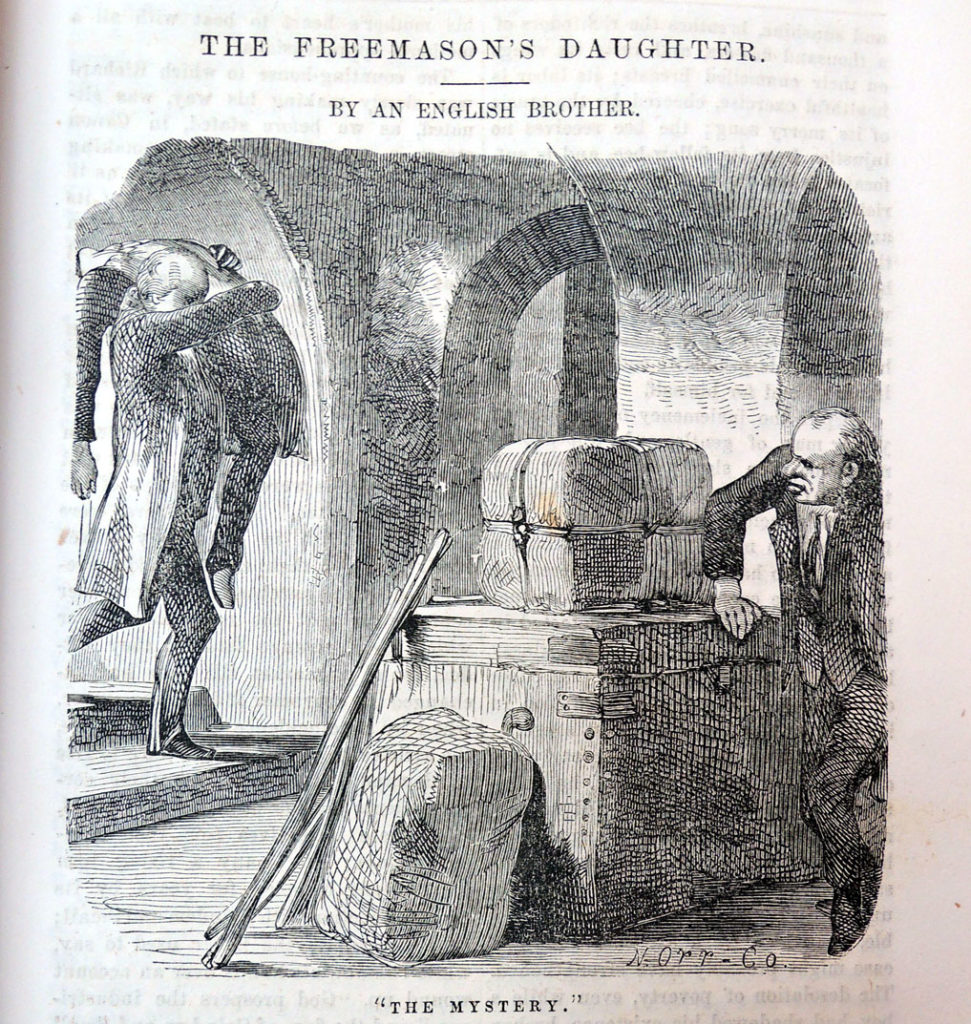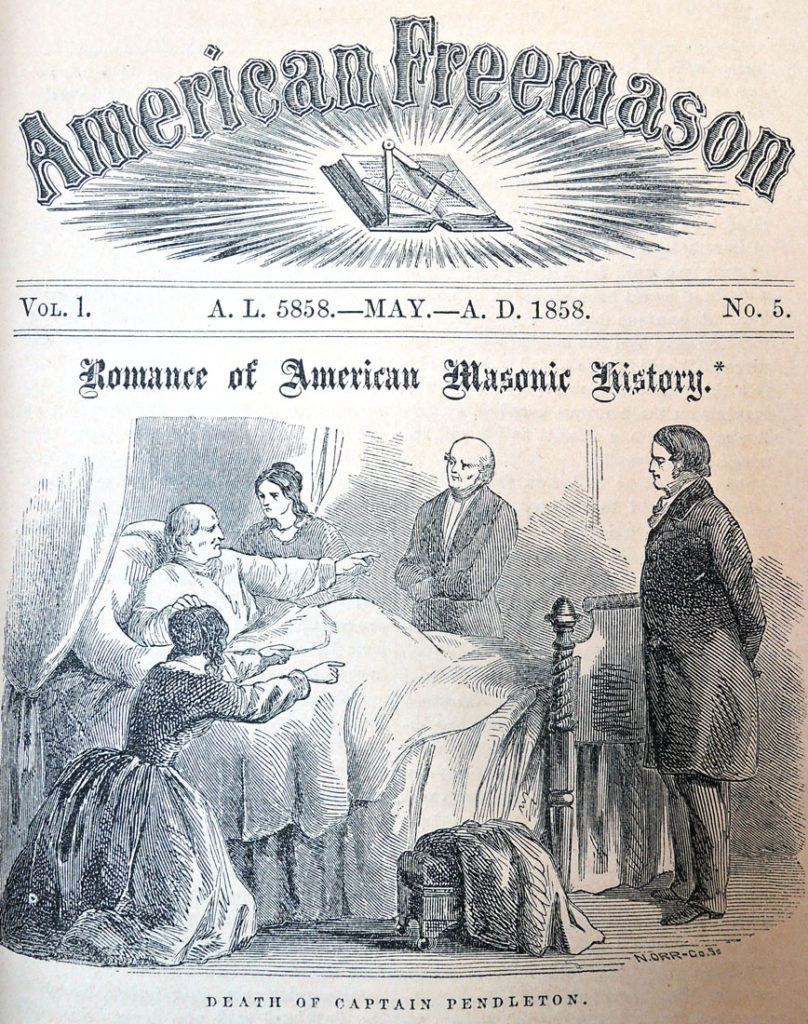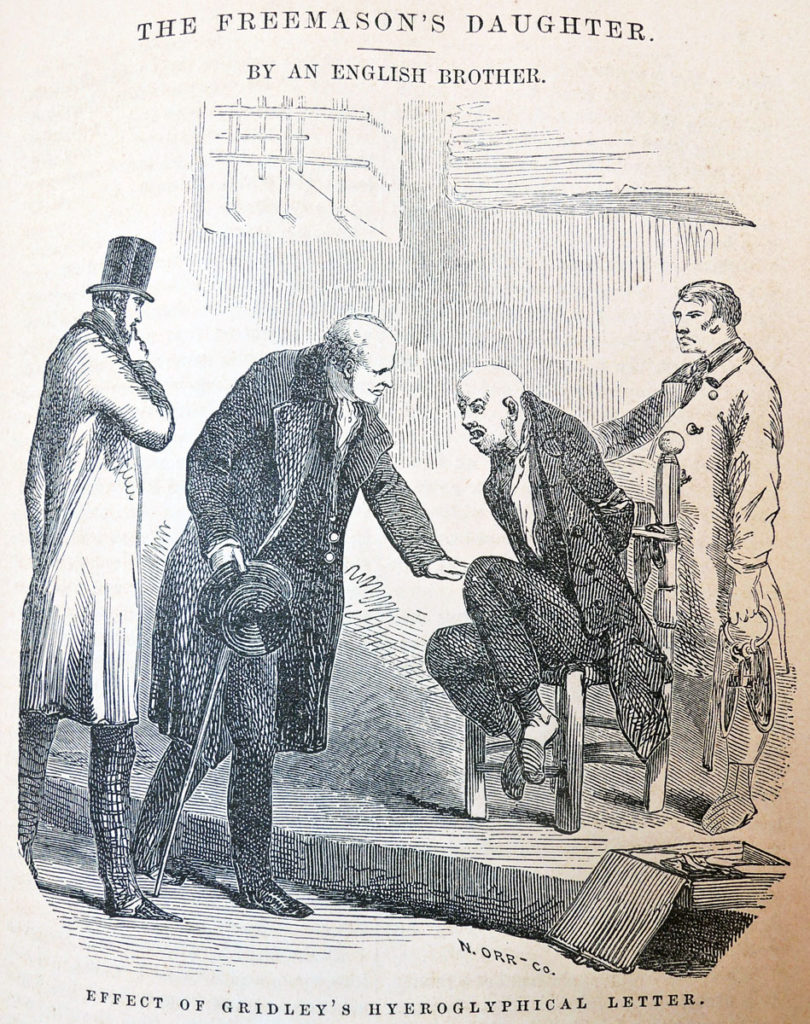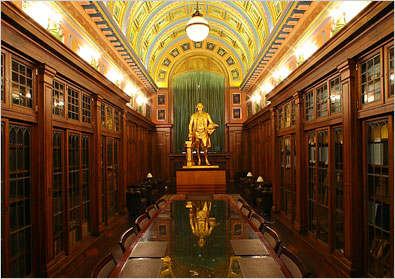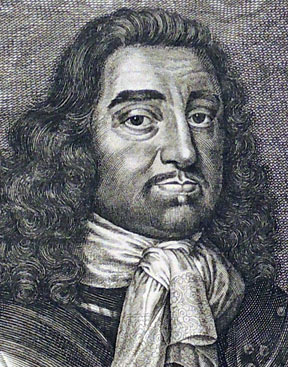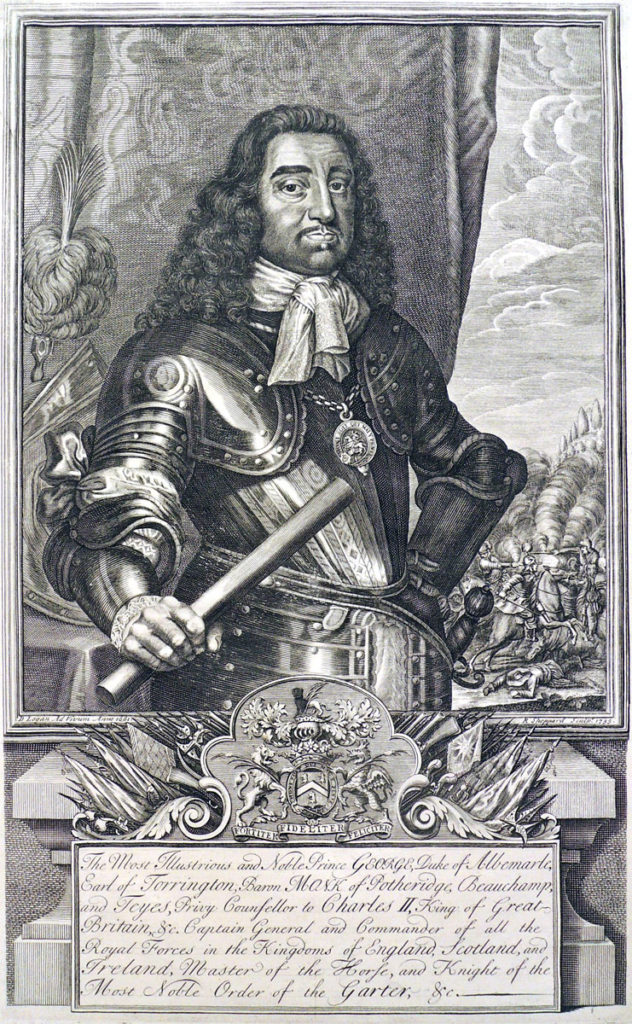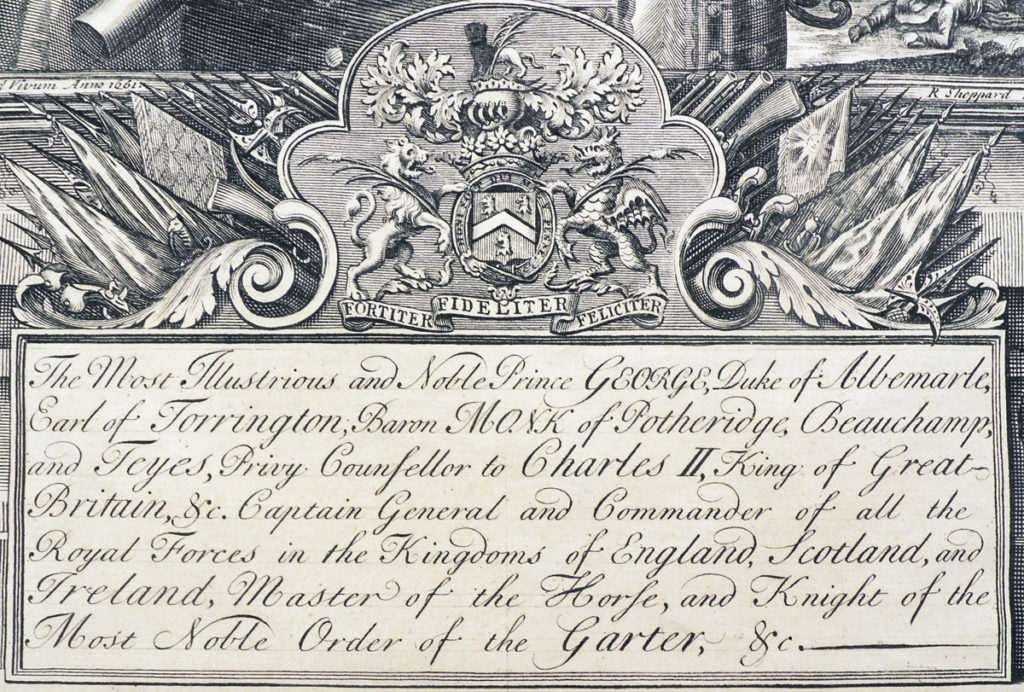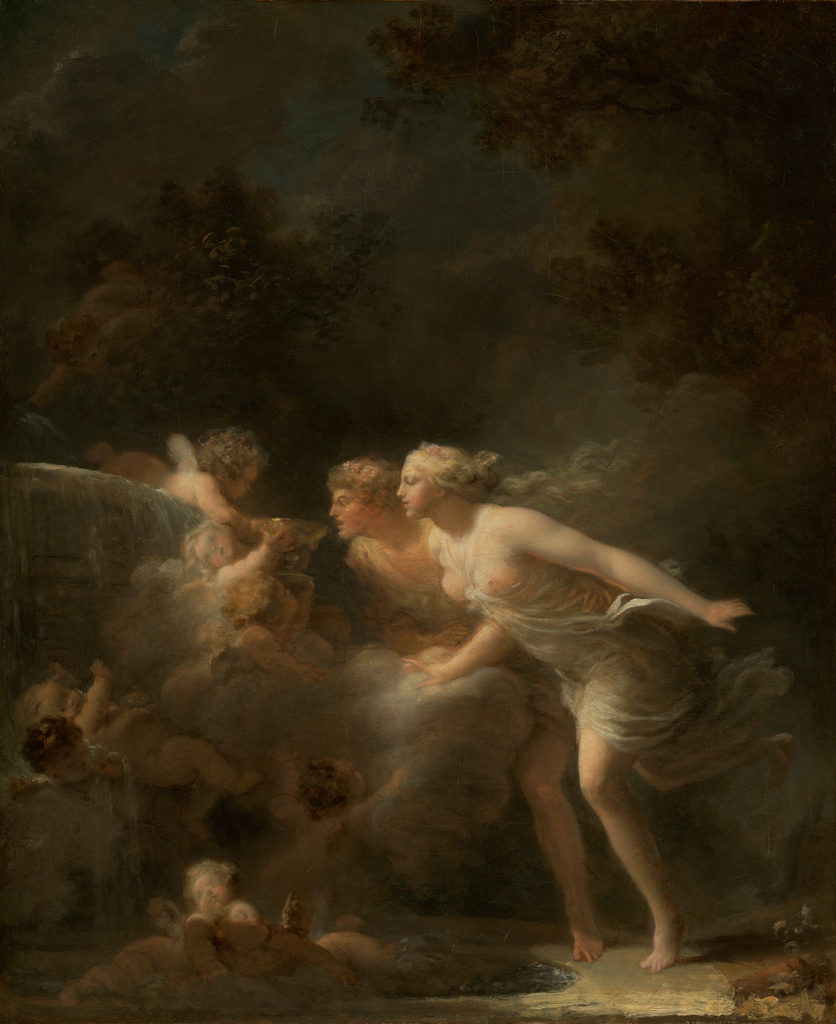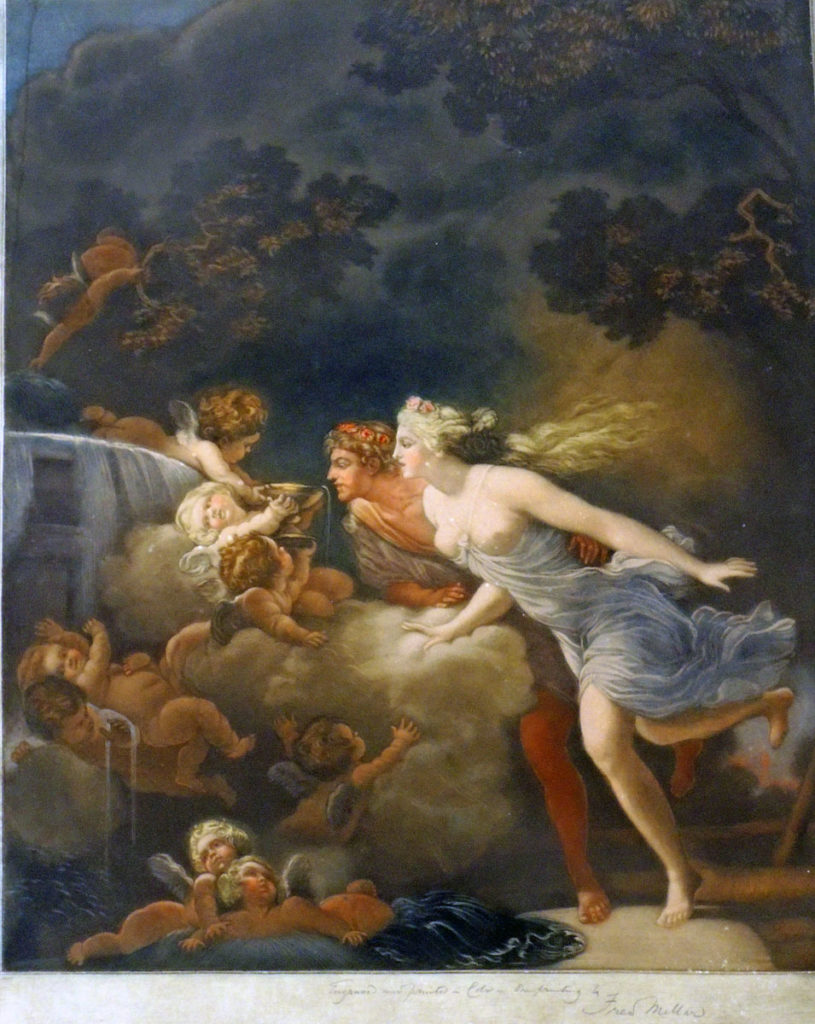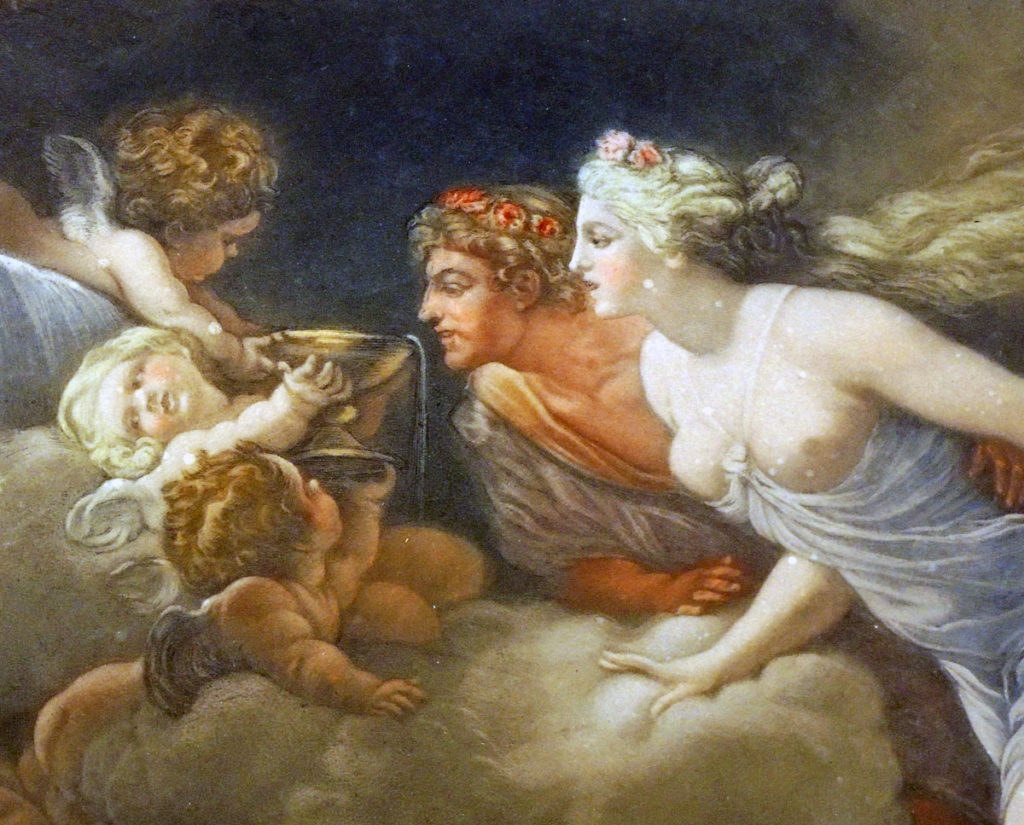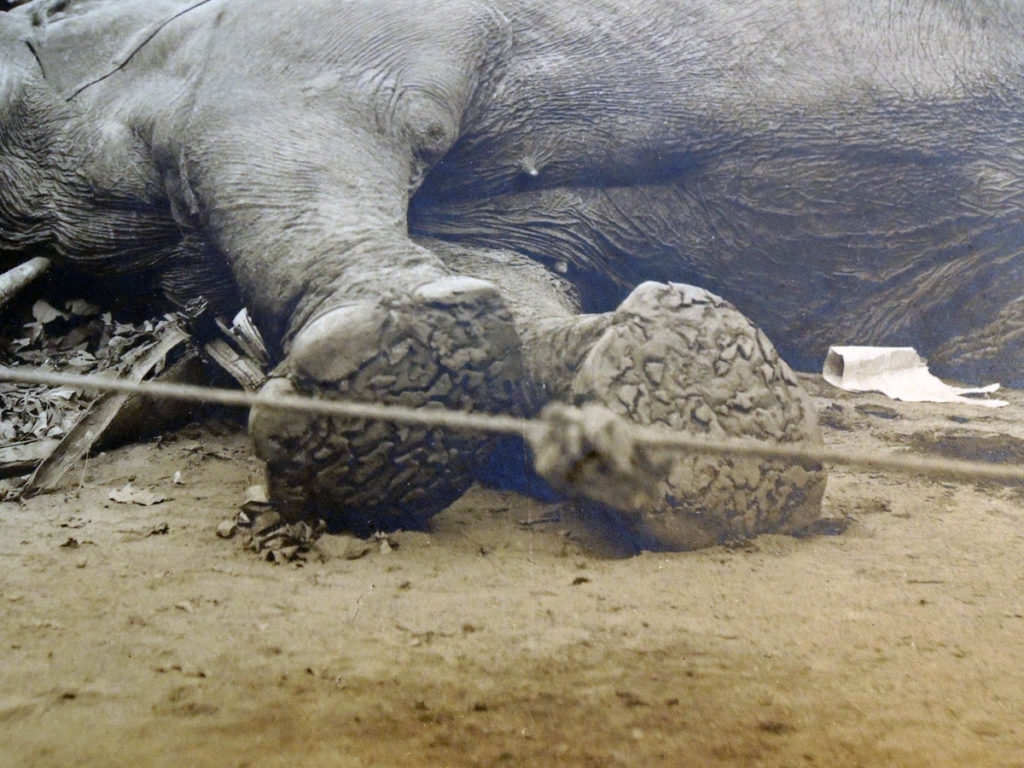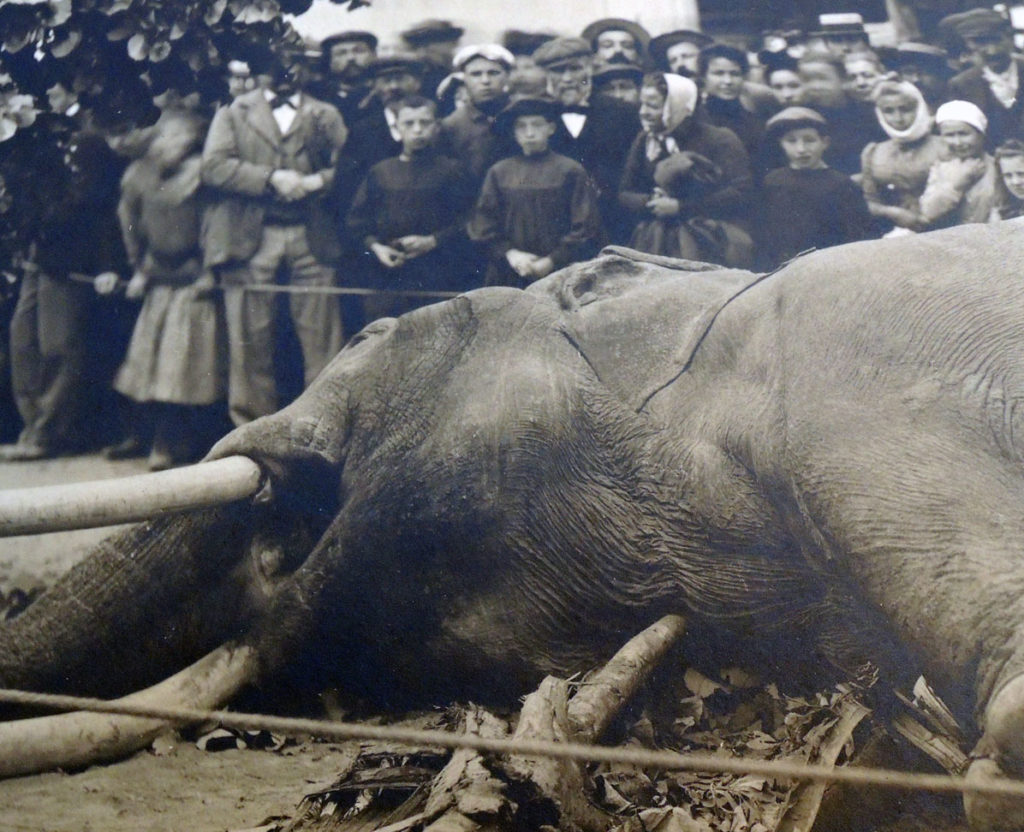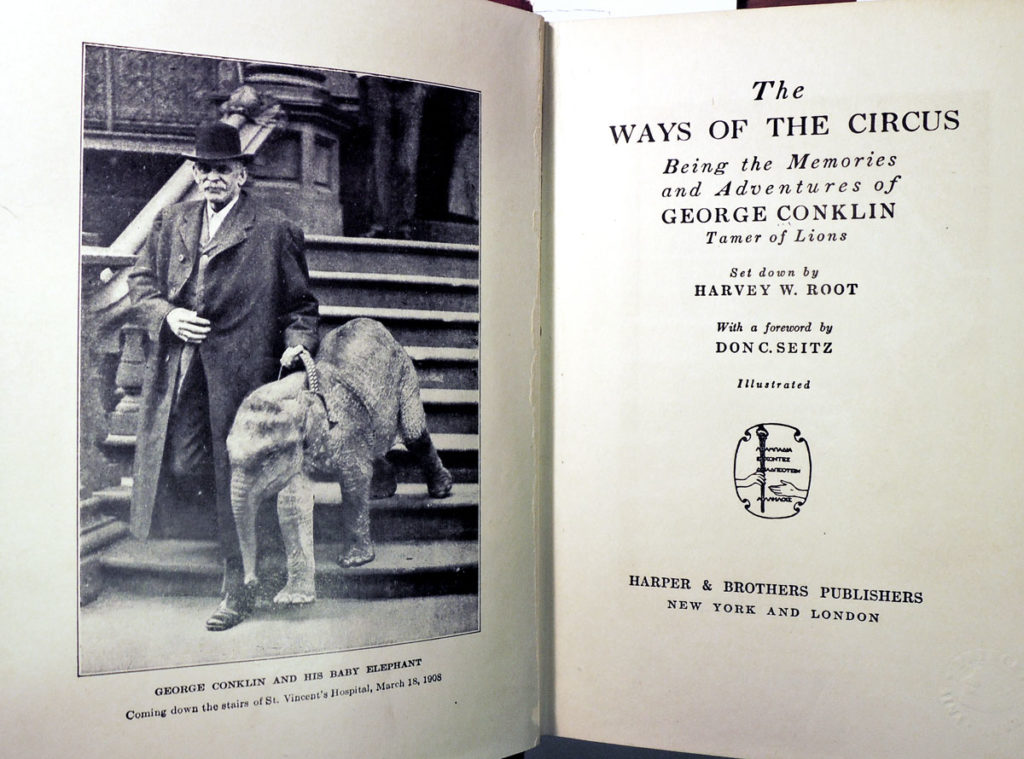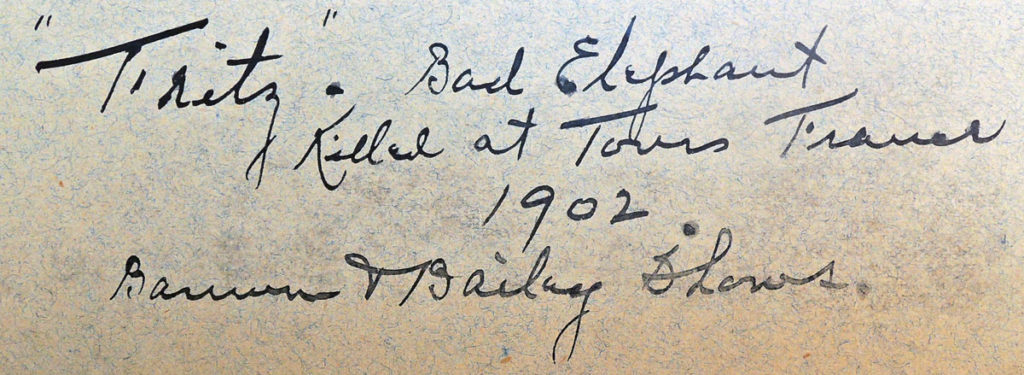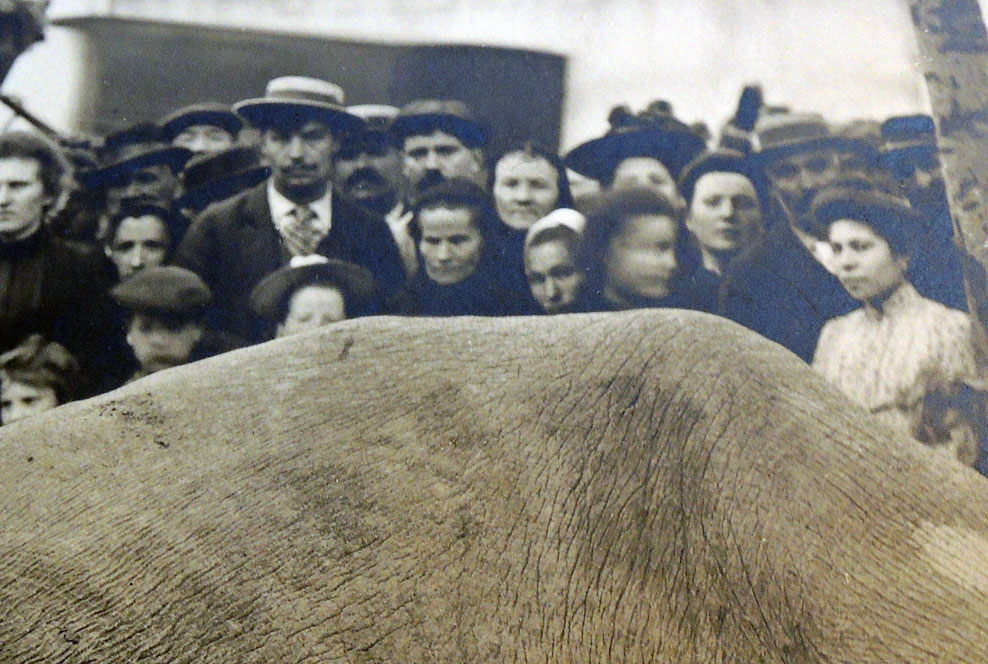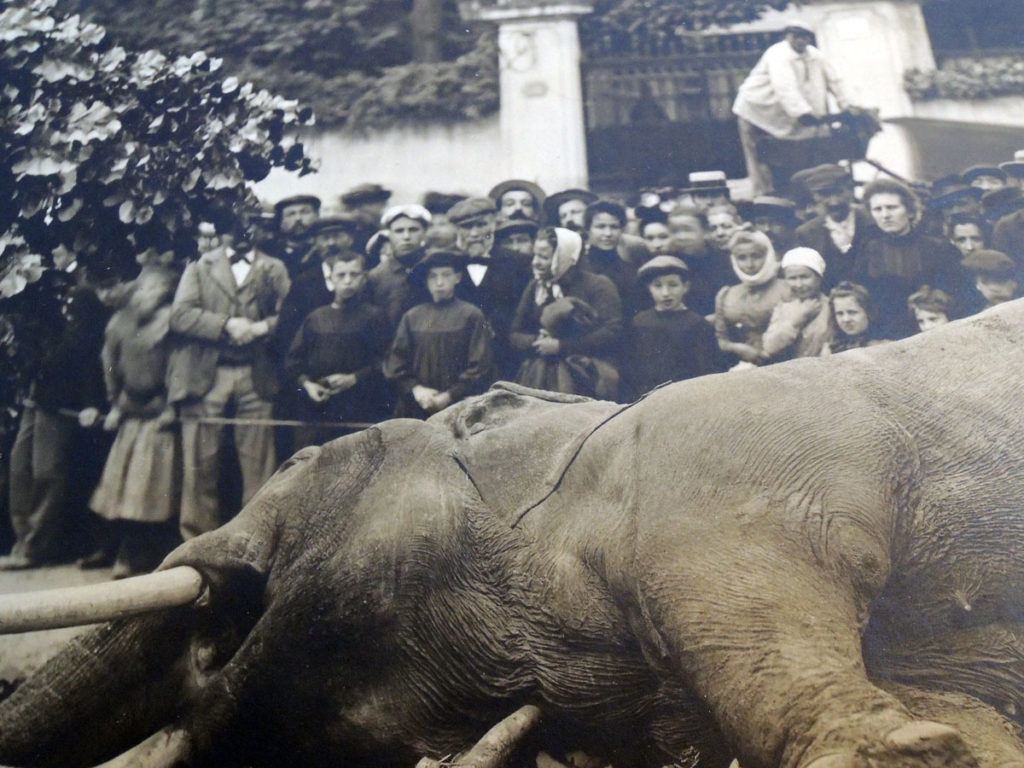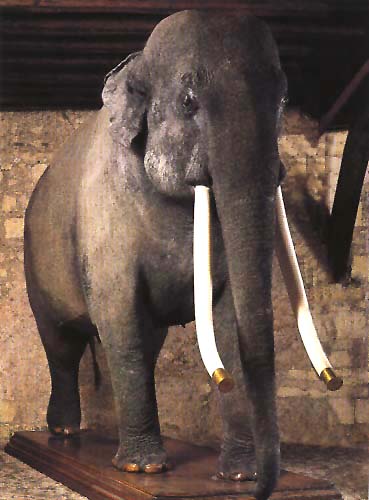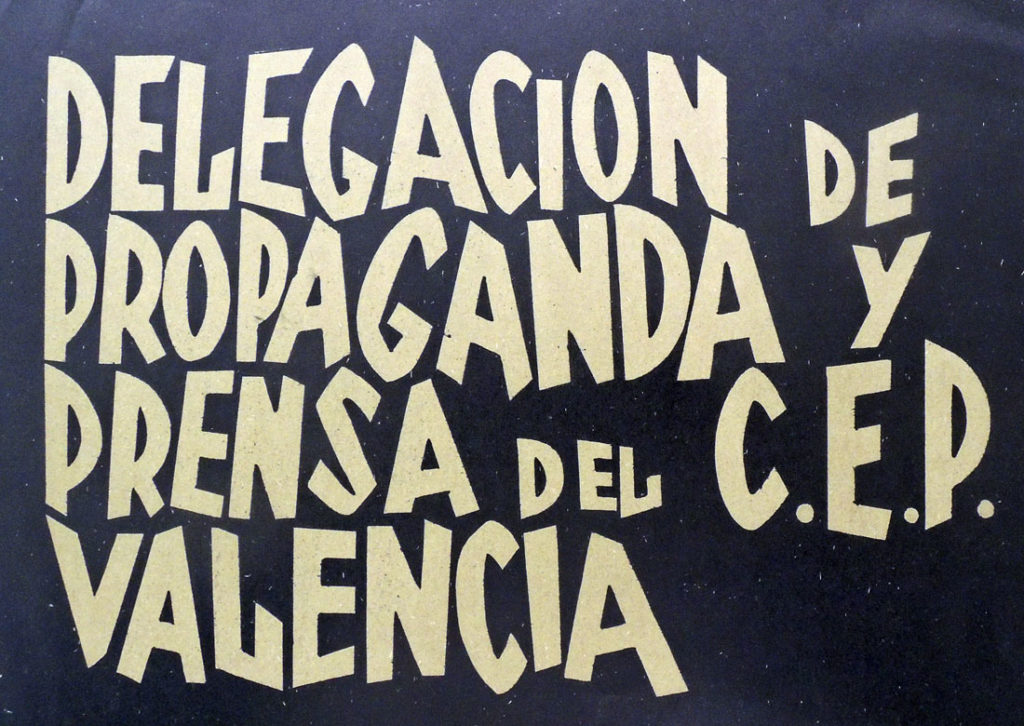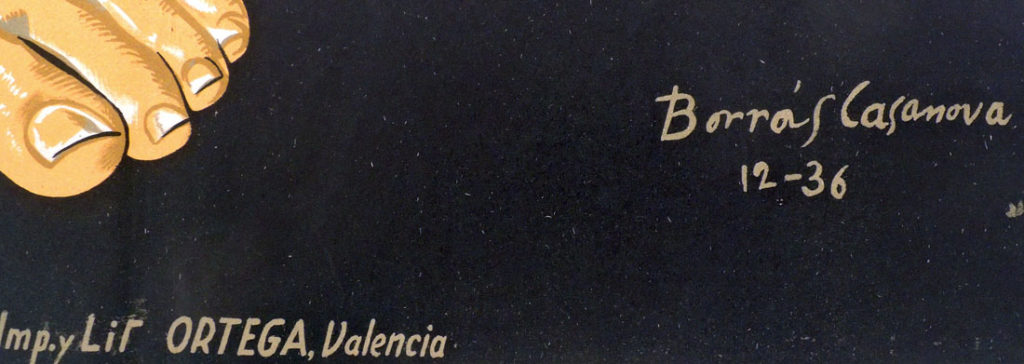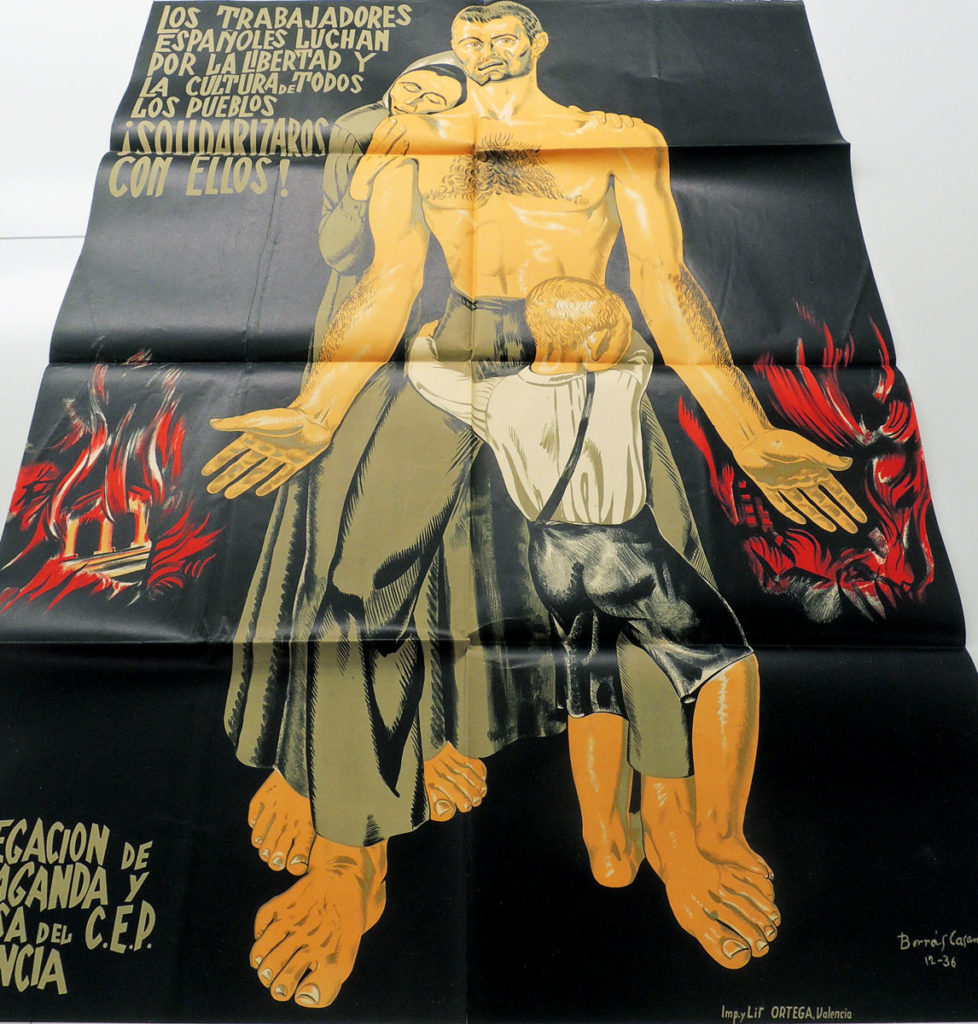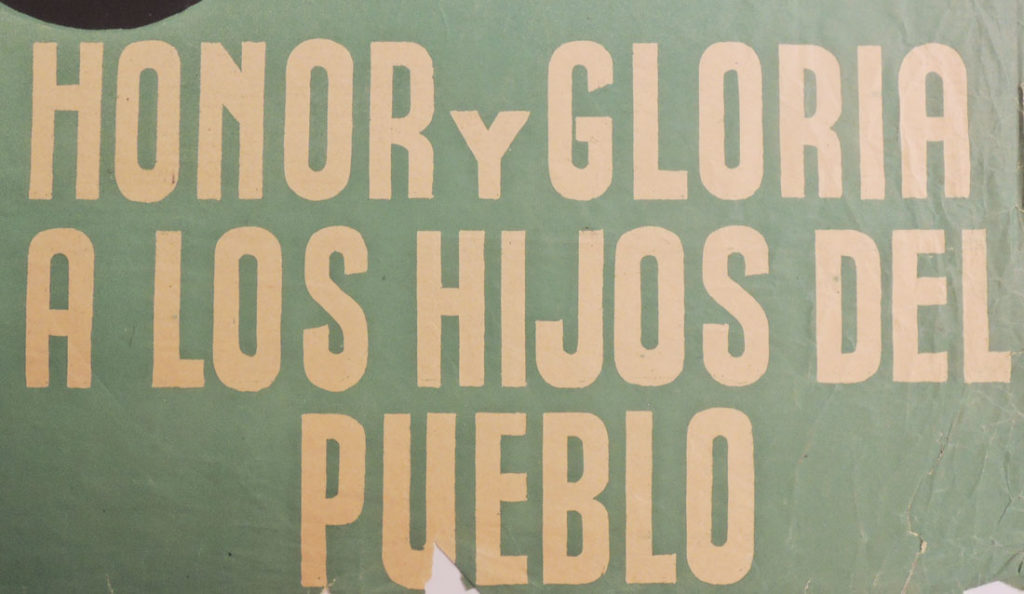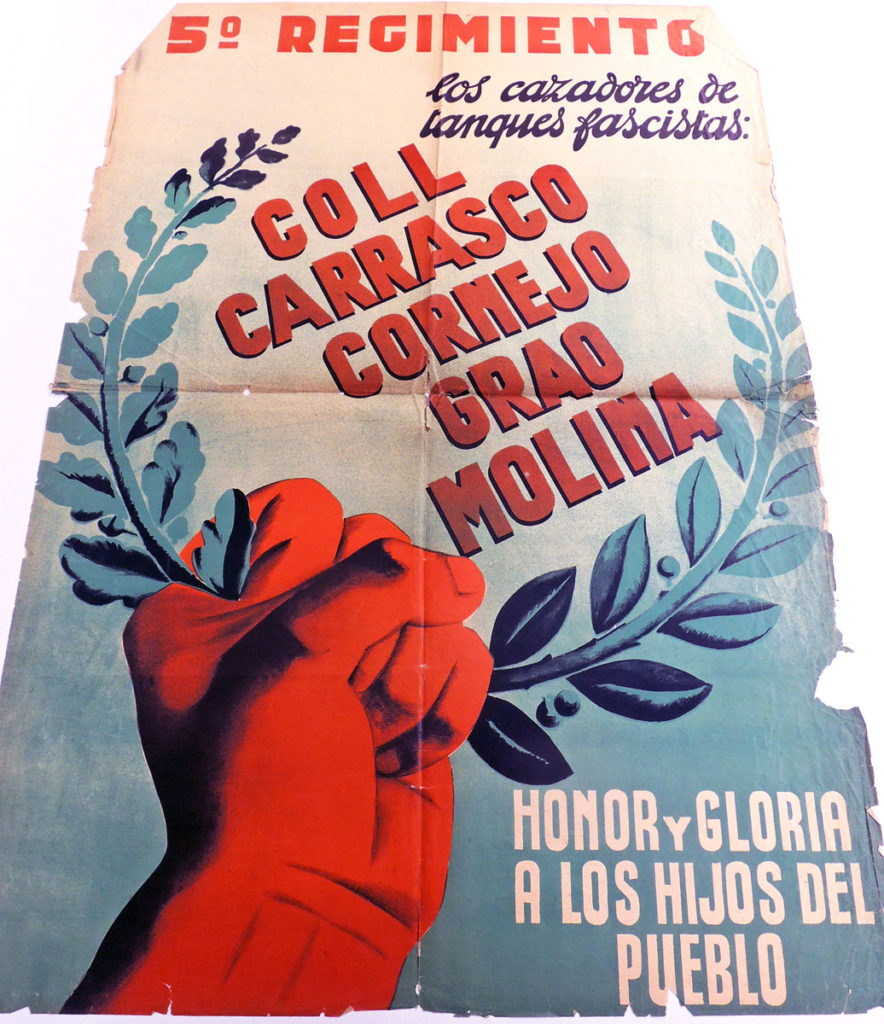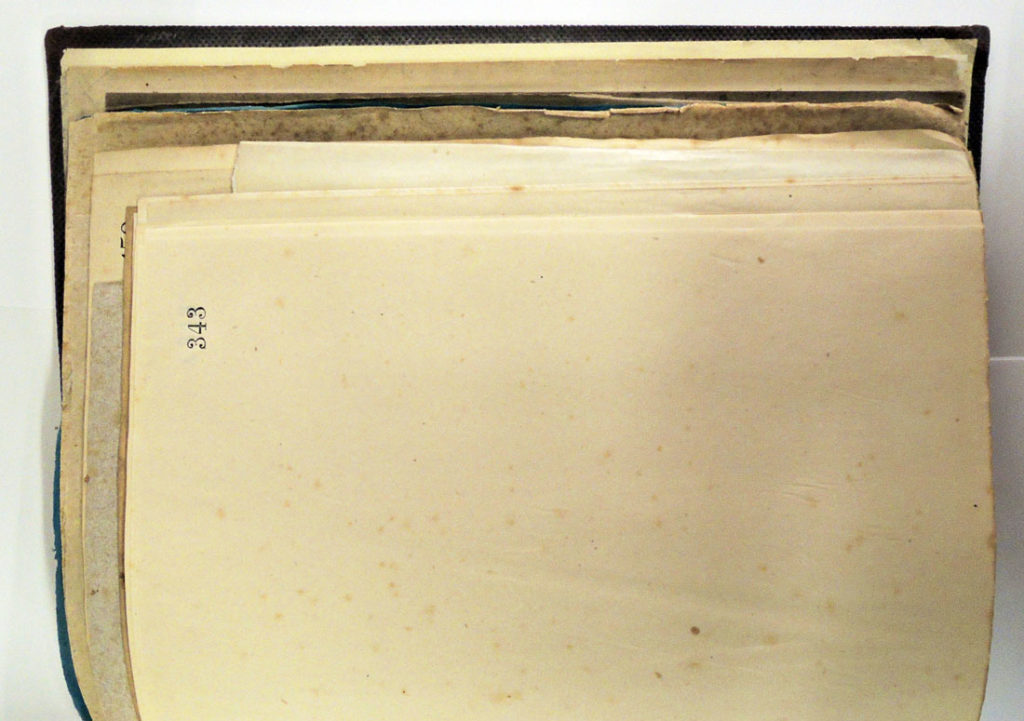
The study of paper is not virtual. You hold it in your hand and feel the weigh of the sheet. You bend it to see which direction the paper fibers are running. You place it over a light and search for a watermark, then shine the light at an angle to see the texture of the surface. Are there chain lines? How big was the sheet originally and how many times was it cut to make the present page?
It is an intimate investigation best learned with paper samples that have already been identified and documented and yet, finding such rare samples is, of course, difficult.
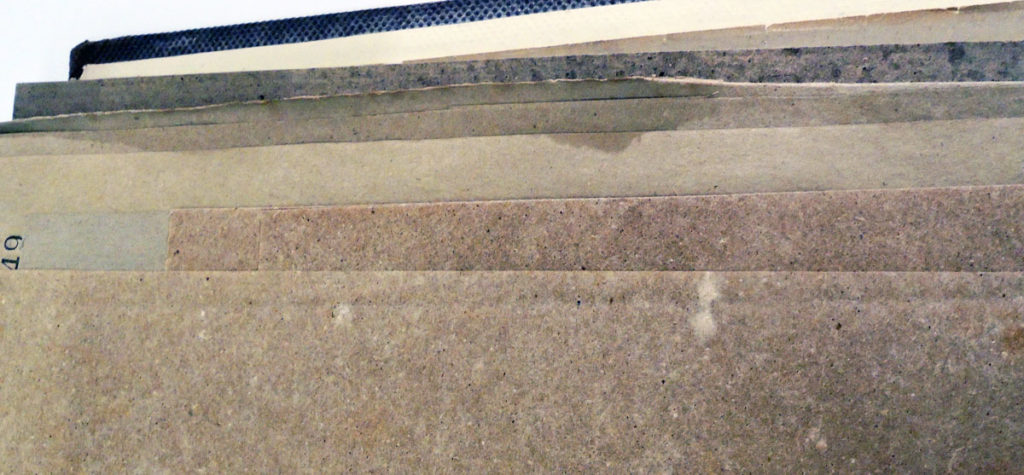
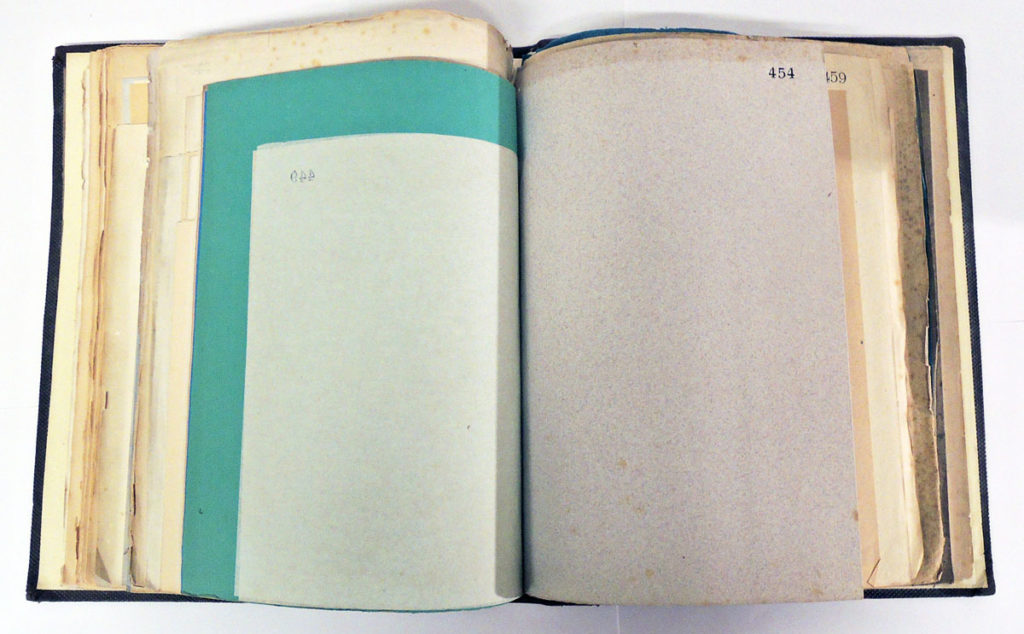
Among the earliest encyclopedic gatherings of different types of paper is Richard Herring’s A Practical Guide to the Varieties & Relative Values of Paper, first published in London in 1860. The Graphic Arts Collection now owns a copy of this very rare volume.
Herring’s Guide was and is the most comprehensive published paper specimen book issued in the nineteenth century up to 1860. Herring calls for 246 samples but the copy recently acquired by Princeton has 244. Copies in the British Library and St. Bride’s Library each have only 242 samples. Undoubtedly, these volumes were each unique, hand bound treasures.
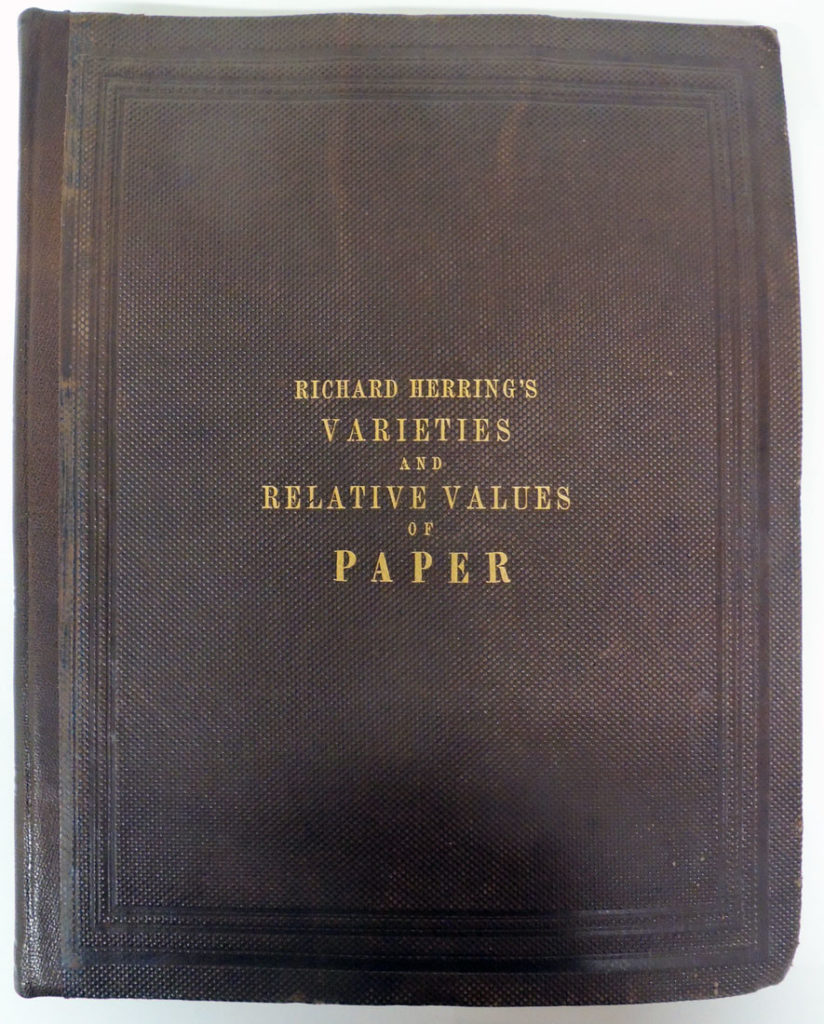
“The object of this work,” writes Herring, “is to furnish similar assistance to the stationer to that which afforded to the bookseller by the London catalogue. It is so arranged that by a very simple mode of reference to two hundred and forty-six samples of paper, which are appended to the work, no fewer than six hundred and eighty-one distinct kinds, with the relative prices of each affixed, are represented . . . Nearly every variety of paper, with its characteristic technicalities, dimensions, and weight, has been accurately given . . . .” –preface.
Antiquarian Charles Wood III writes, “The range and variety of papers is astonishing and endlessly fascinating; there are writing papers, printing papers, cartridge papers, wove papers, filtering paper, drawing papers, glazed boards, milled boards, etc. etc. The author was a in a unique position to produce this work; he was stock-taker to Her Majesty’s Stationery Office.”
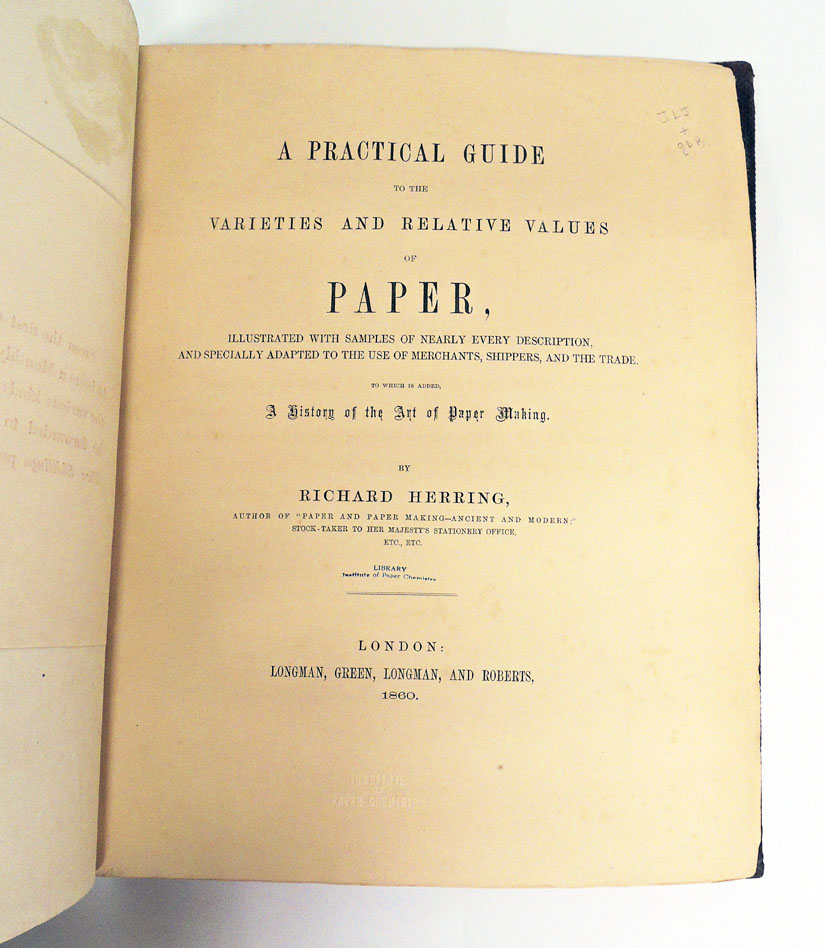
Here is one of the original advertisements in Bookseller: The Organ of the Book Trade and Many Other Trade Publications, in which Herring wrote:
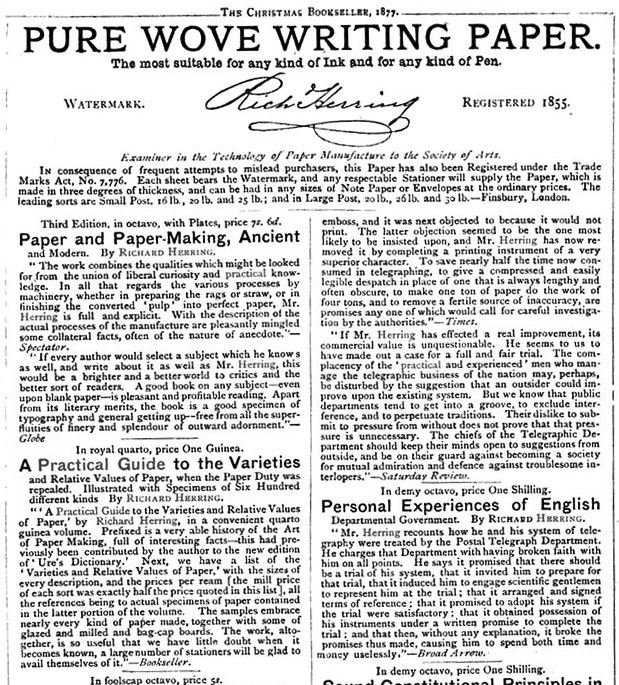
A Practical Guide to the Varieties and Relative Values of Paper by Richard Herring, in a convenient quarto Guinea volume. Prefixed is a very able history of the Art of Paper Making, full of interesting facts this had previously been contributed by the author to the new edition of Lire’s Dictionary. Next, we have a list of the Varieties and Relative Values of Paper with the sizes of every description and the prices per ream, all the references being to actual specimens of paper contained in the latter portion of the volume. The samples embrace nearly every kind of paper made, together with some of glazed and milled and bag-cap boards. The work, altogether, is so useful that we have little doubt a large number of Stationers will be glad to avail themselves of it.—Bookseller. [The Maker’s price for each sort, including the duty of three halfpence per pound, was exactly two-thirds of the price quoted in this list when the Paper Duty was repealed.—R.H.]
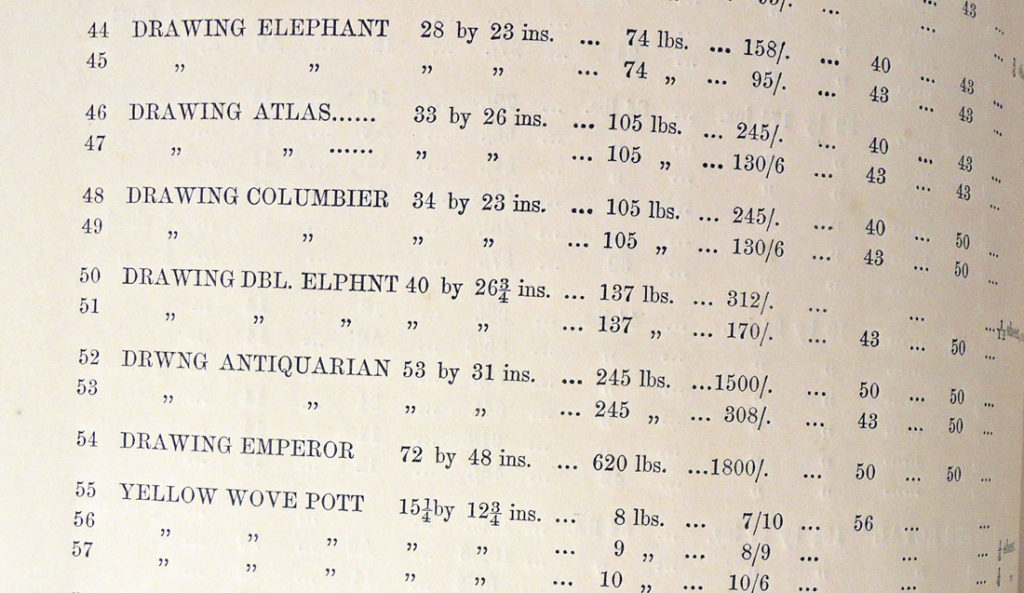
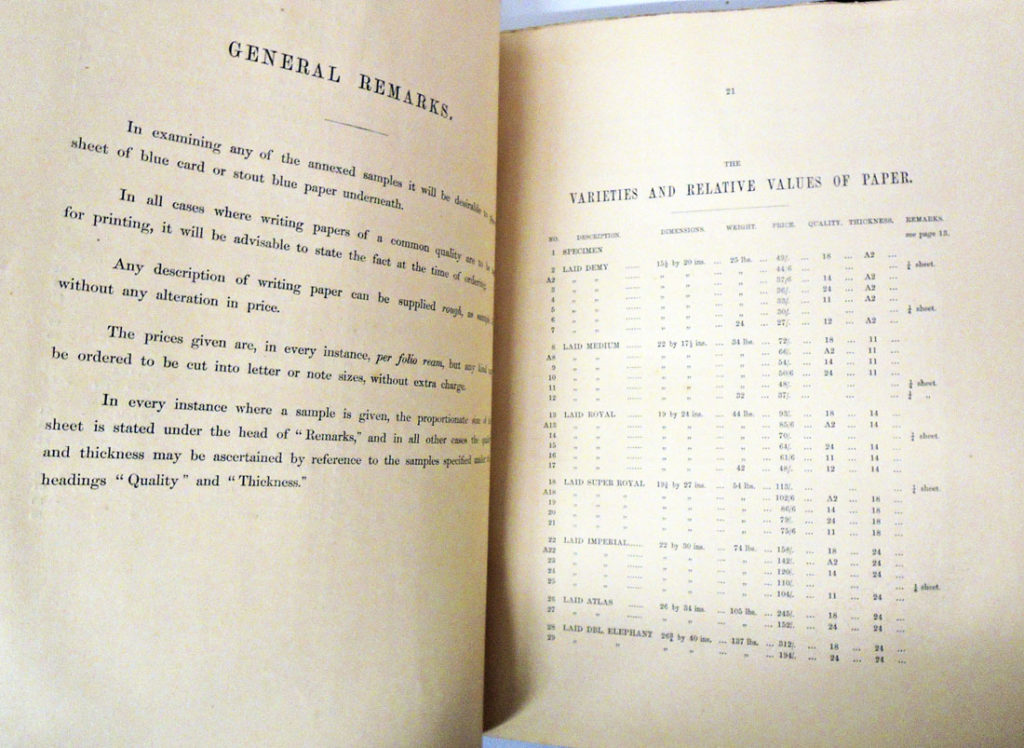
Richard Herring (born 1829), A Practical Guide to the Varieties and Relative Values of Paper: Illustrated with Samples of Nearly Every Description and Specially Adapted to the Use of Merchants, Shippers, and the Trade: To Which Is Added, a History of the Art of Paper Making (London: Longman, Green, Longman, and Roberts, 1860). Graphic Arts Collection GAX 2017- in process.
Thank you to everyone who helped make this acquisition possible.
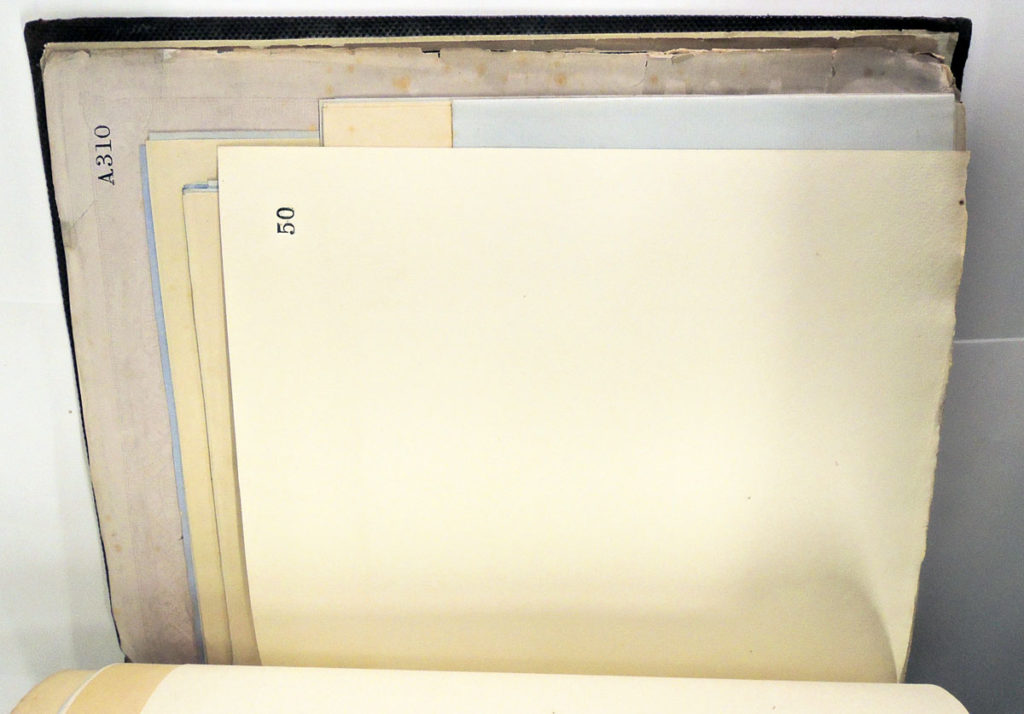
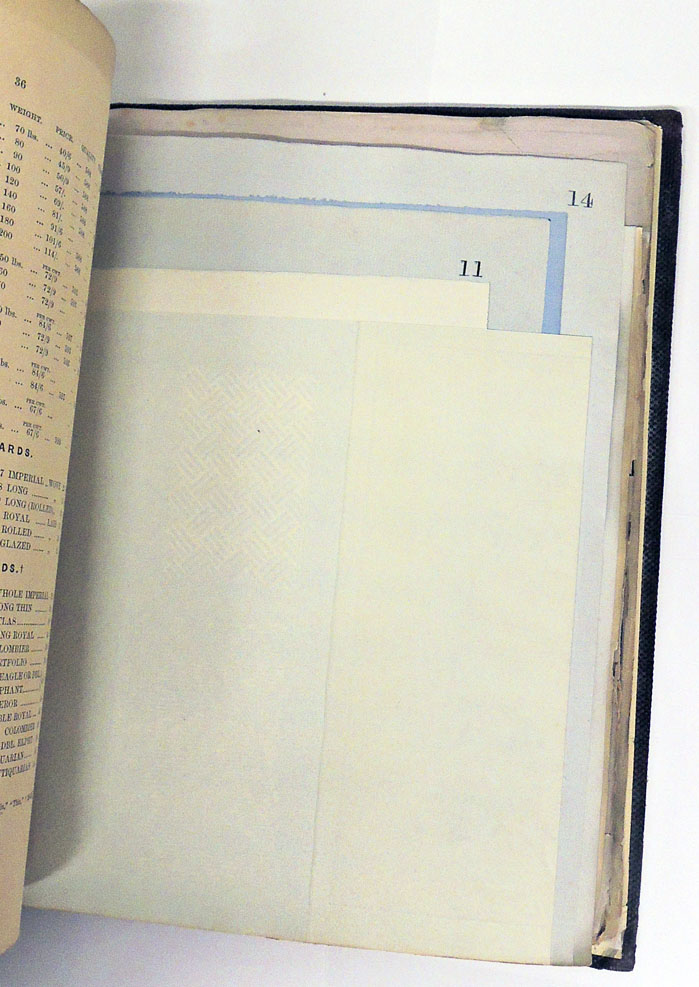
Bookplates inside front cover:
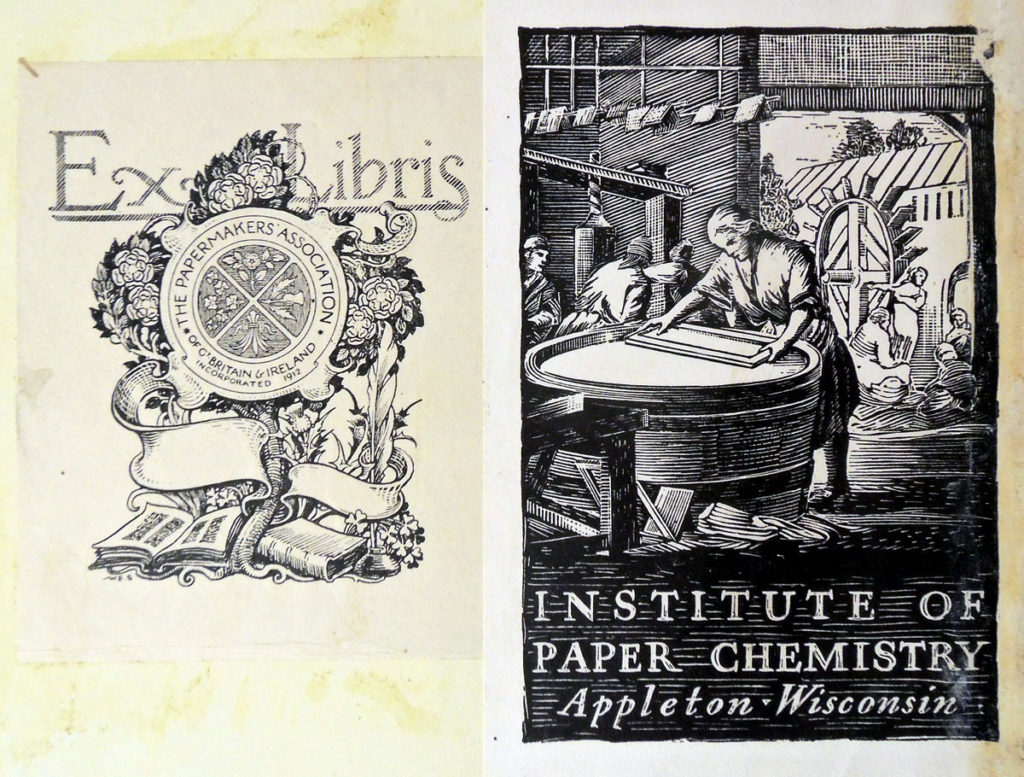
See also Herring’s earlier catalogue with only 25 samples, from the collection of Elmer Adler:
Richard Herring (1829-18 ), Paper & Paper Making, Ancient and Modern; with an Introduction by the Rev. George Croly (London: Longman, Brown, Green, and Longmans, 1855). xvi, 125, 24 p., [5], 25 leaves of plates (2 folded) : ill., 25 samples (some col.); 23 cm. “Founded upon lectures recently delivered at the London Institution”–Preface. Samples comprise 8 sheets with watermarks (3 line, 3 light and shade, 2 impressed), 5 of writing paper (2 laid, 3 wove), 4 of wrapping paper, 2 of paper made from 80% straw and 20% rope, 1 made almost entirely from wheat straw, 1 of printing paper and 1 sample each of water leaf, unsized, sized and glazed paper. Graphic Arts Collection (GAX) TS1090 .H477 1855
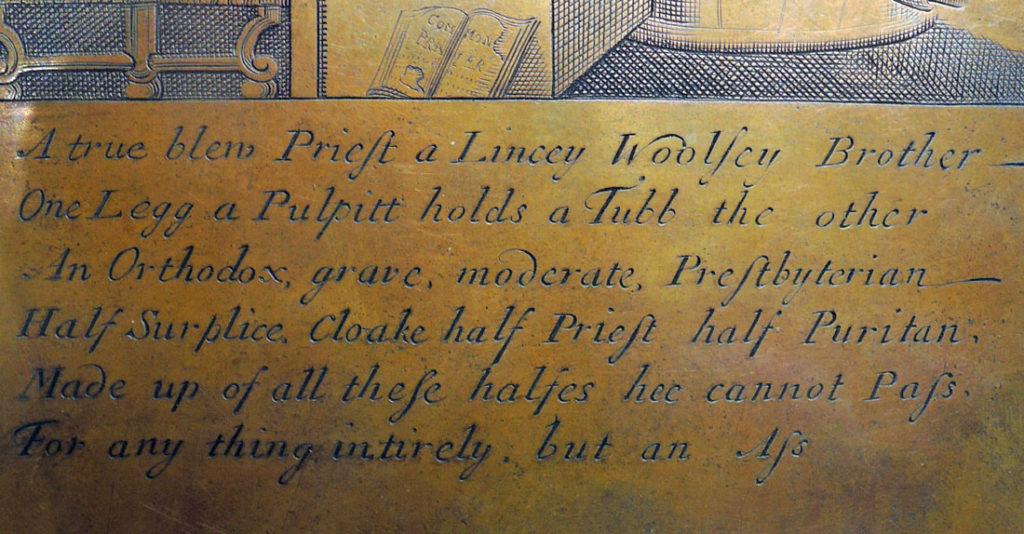 [Copper plate digitally laterally reversed, note the Book of Common Prayer on the floor]
[Copper plate digitally laterally reversed, note the Book of Common Prayer on the floor]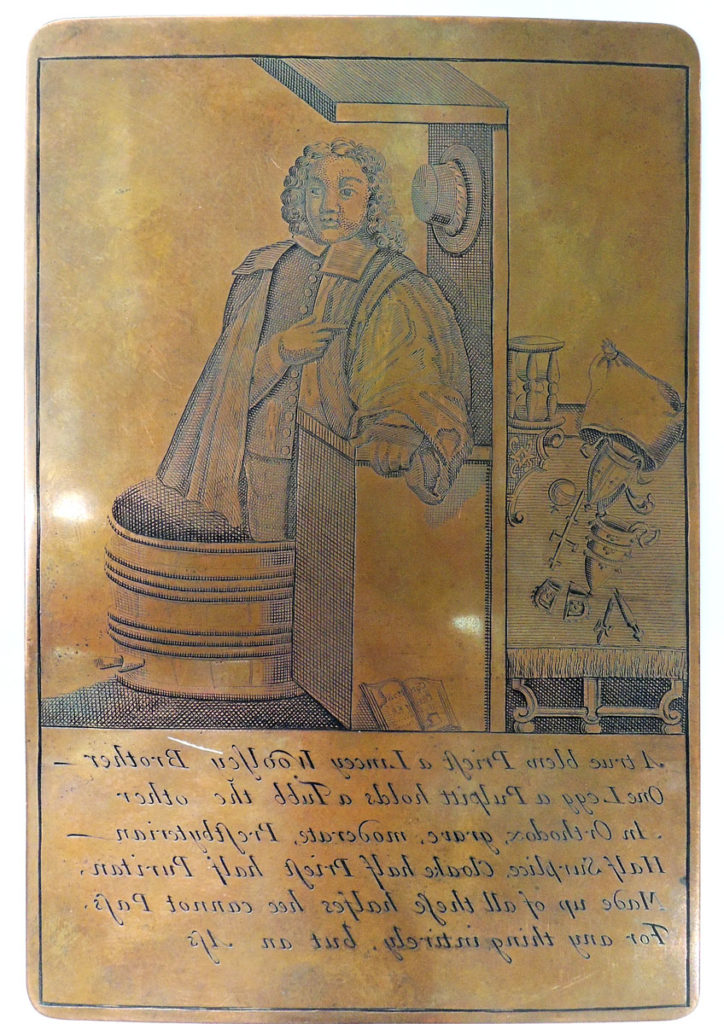 Unidentified artist, A Trimmer, ca. 1689. Graphic Arts Collection Block collection.
Unidentified artist, A Trimmer, ca. 1689. Graphic Arts Collection Block collection.
